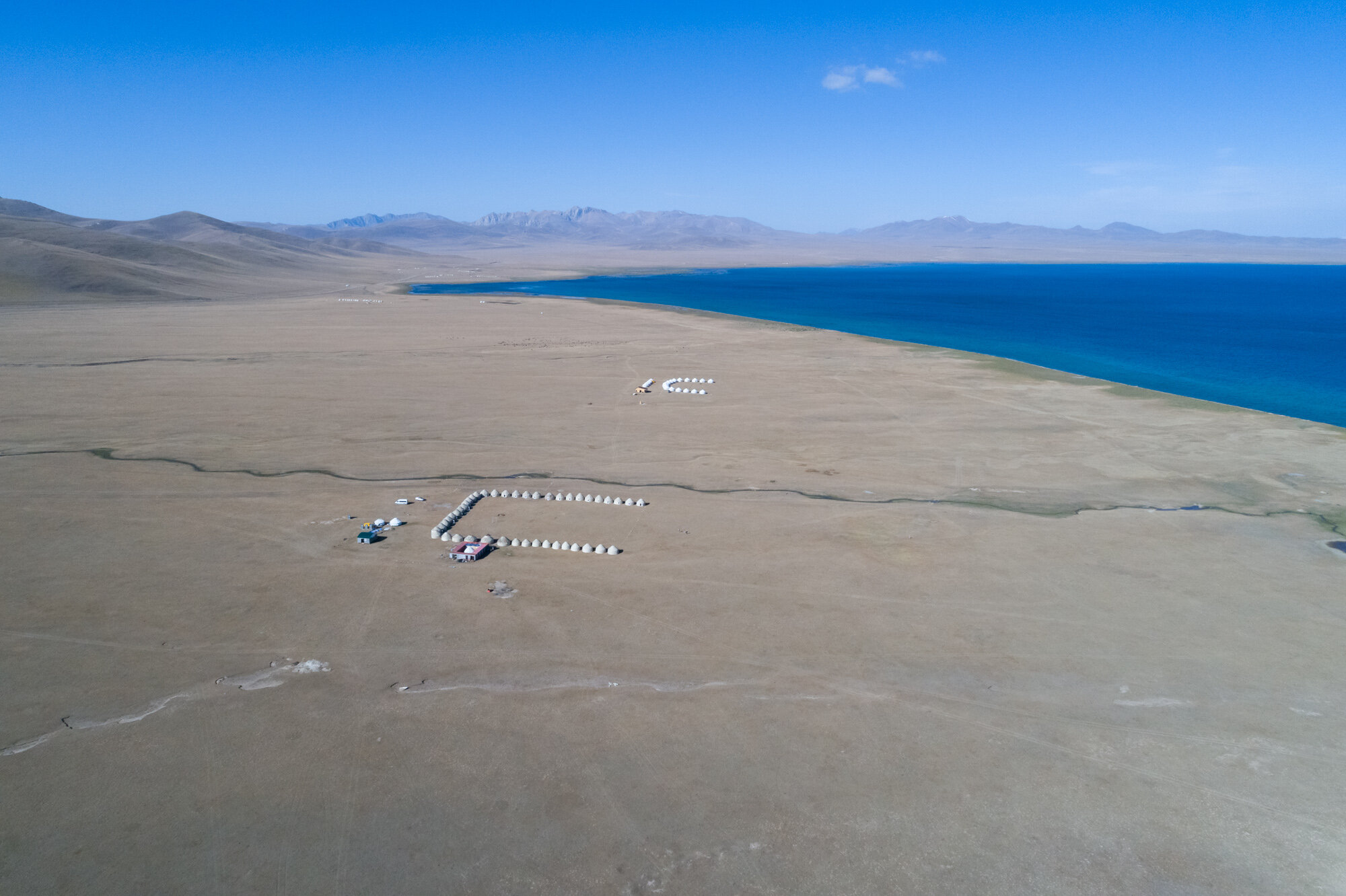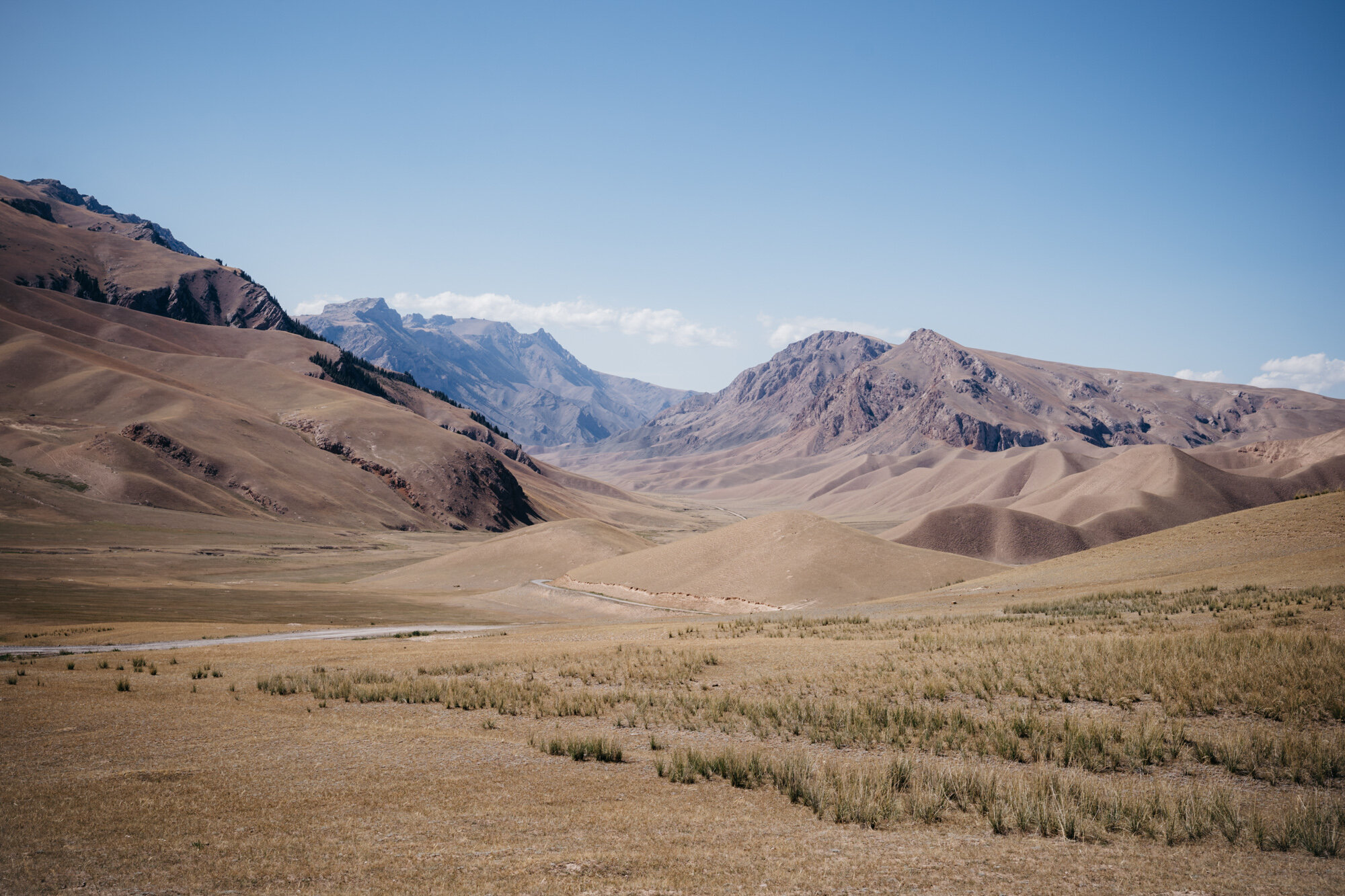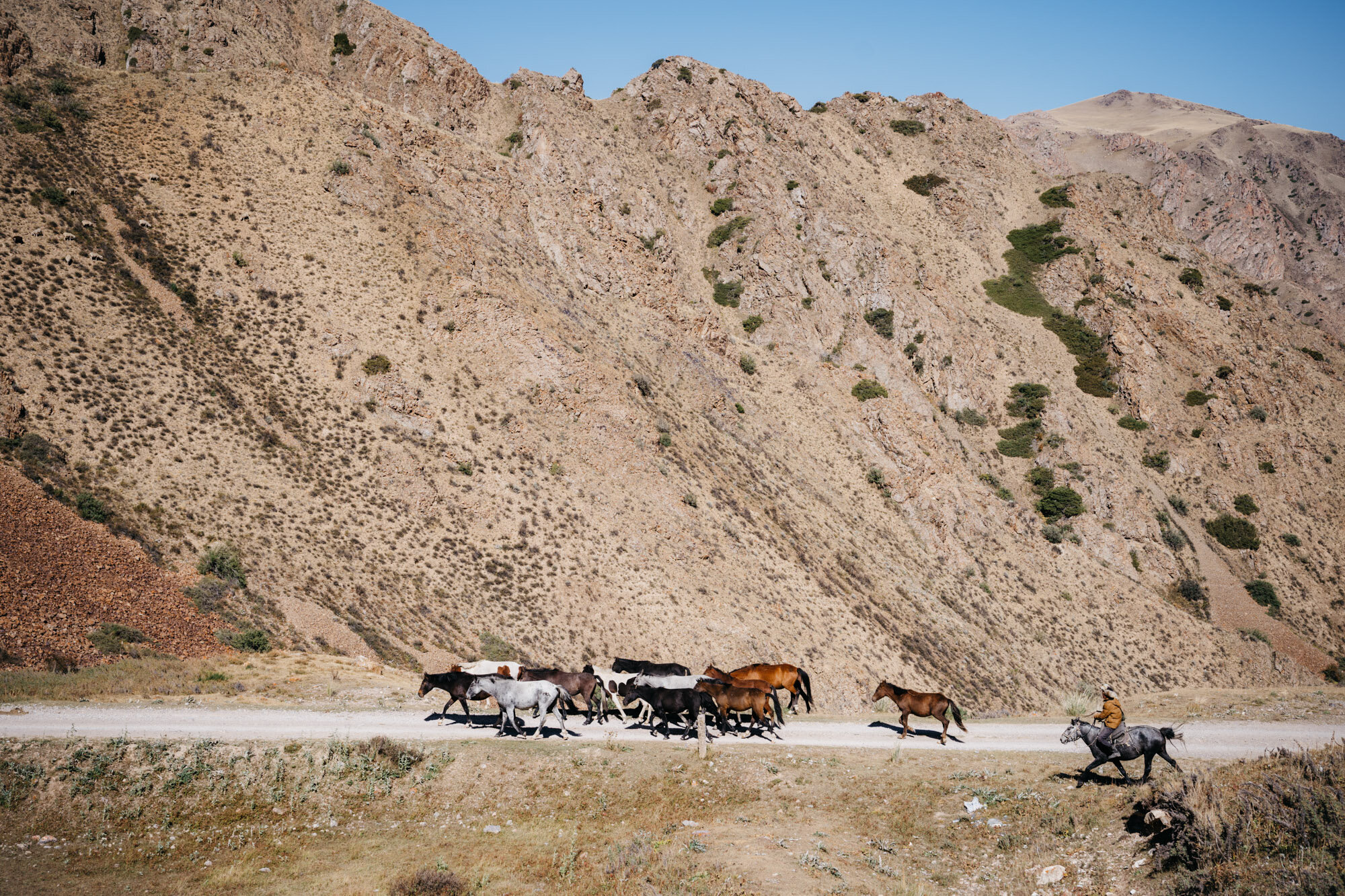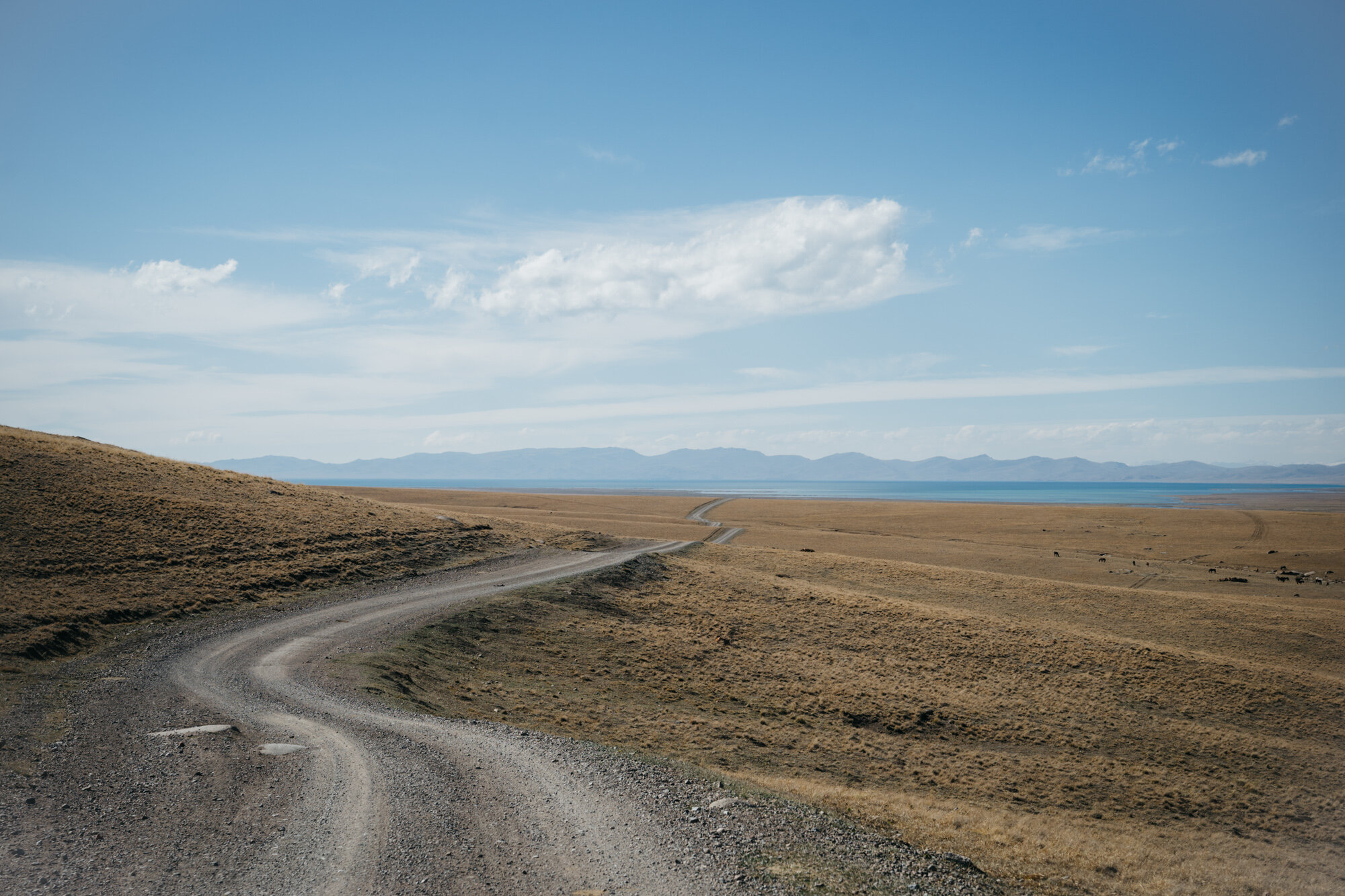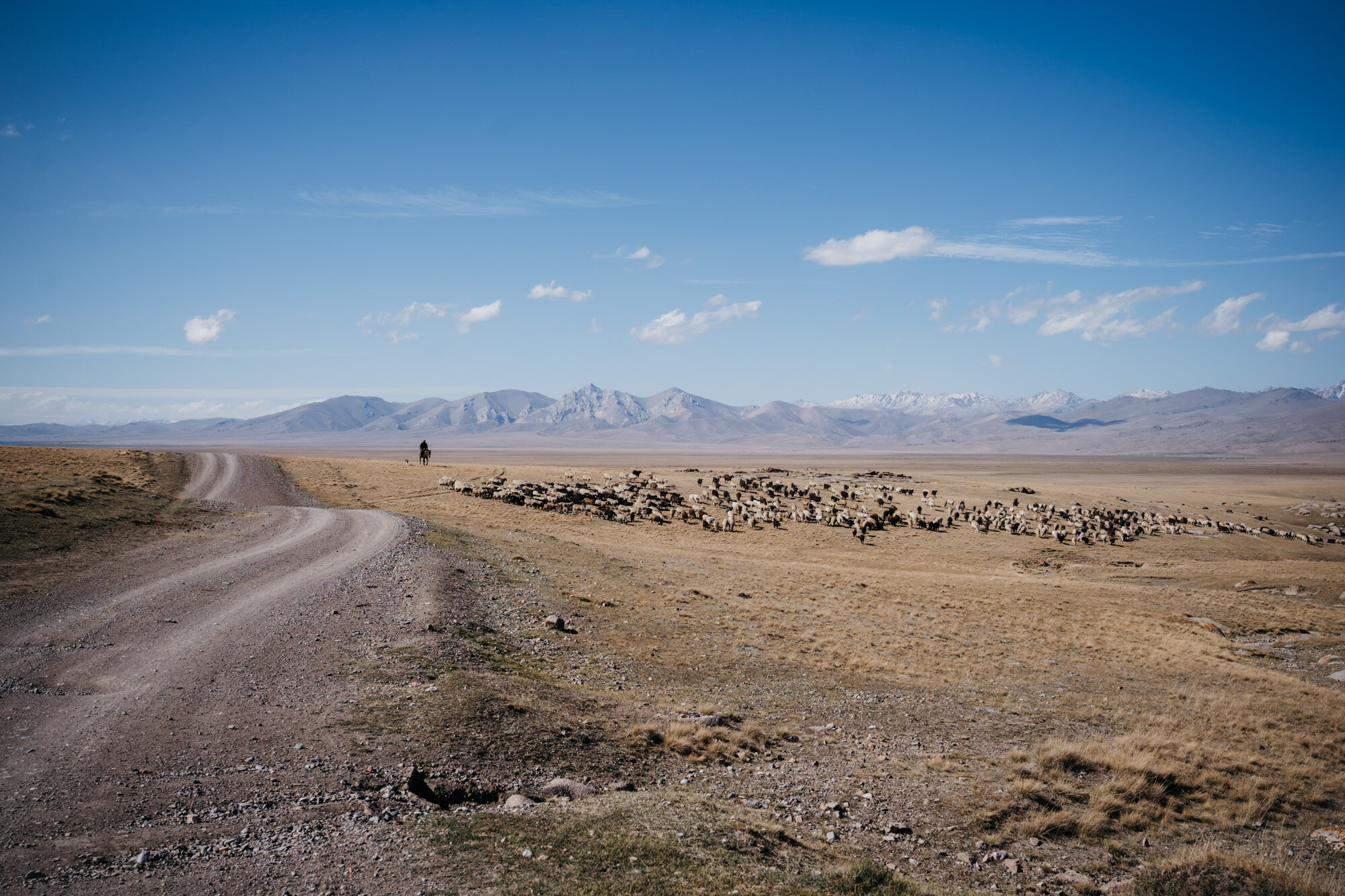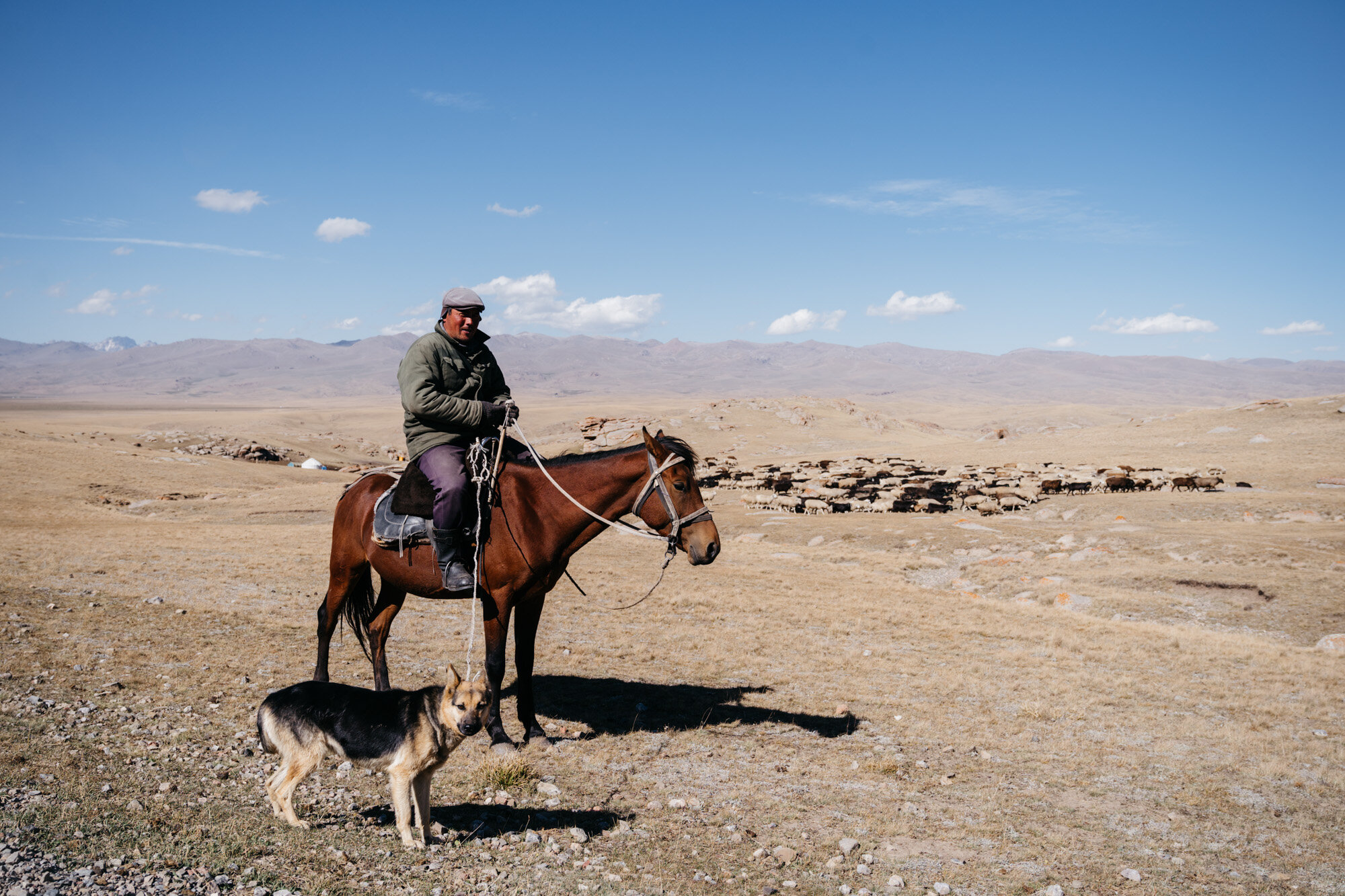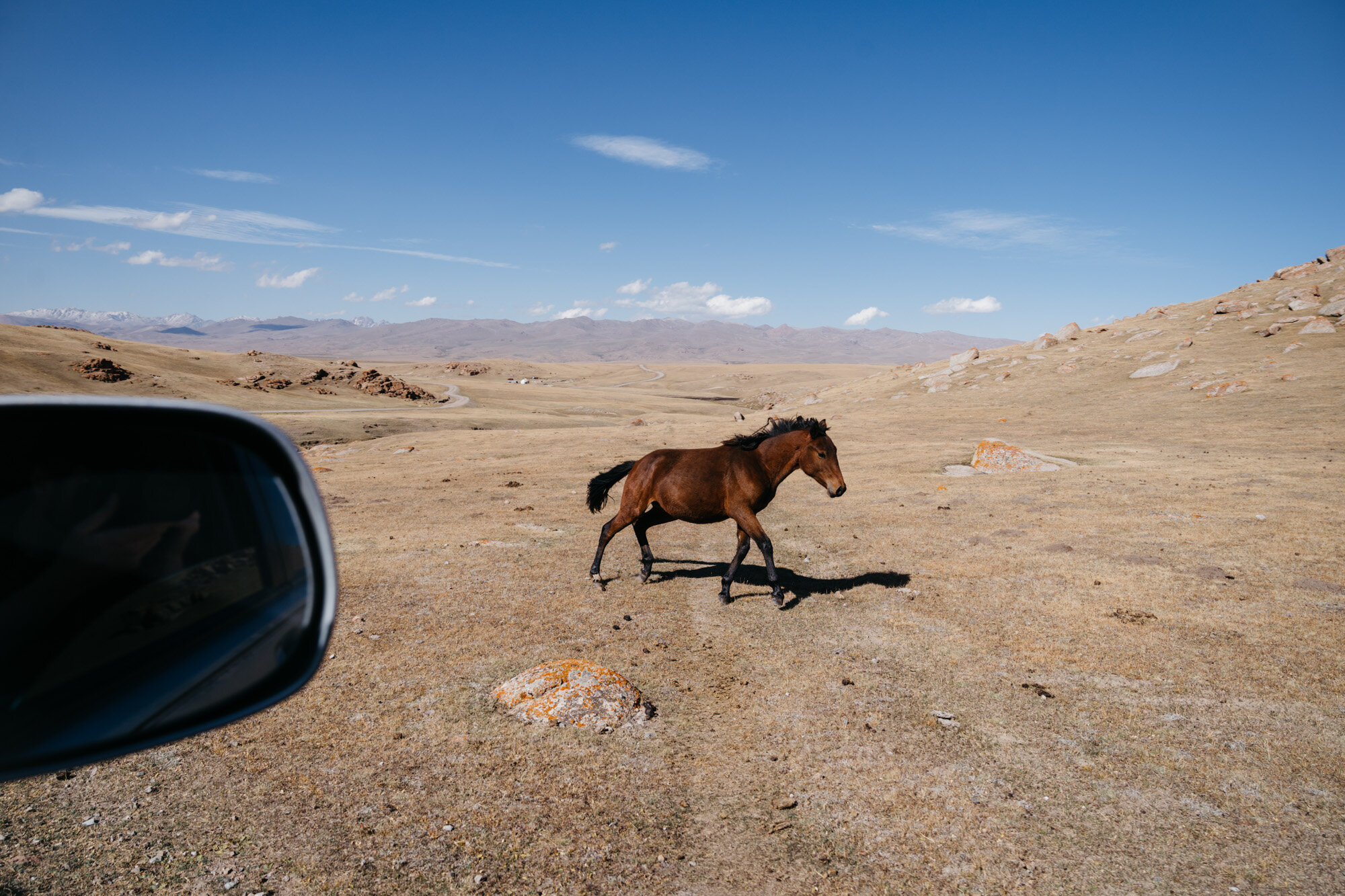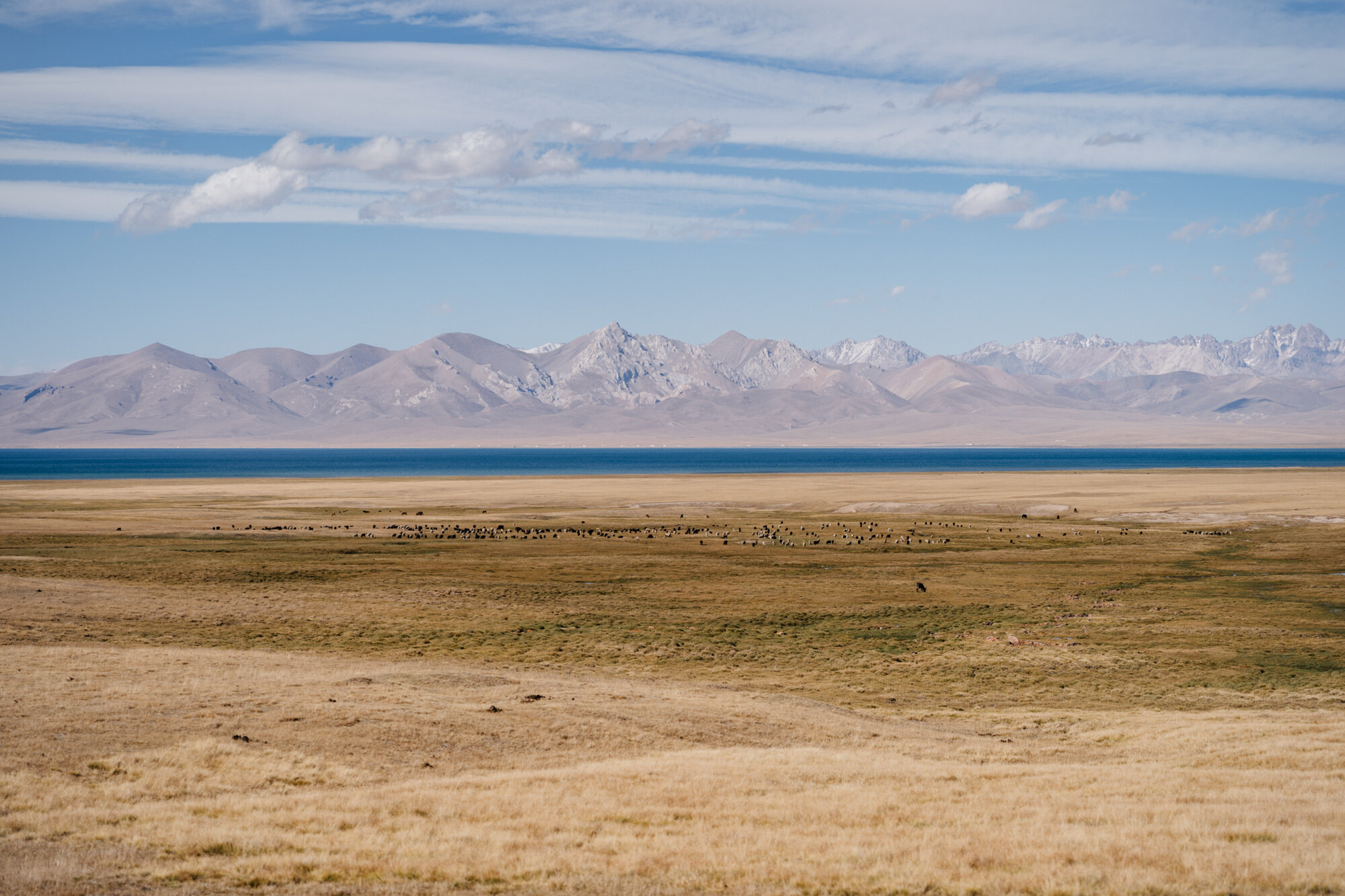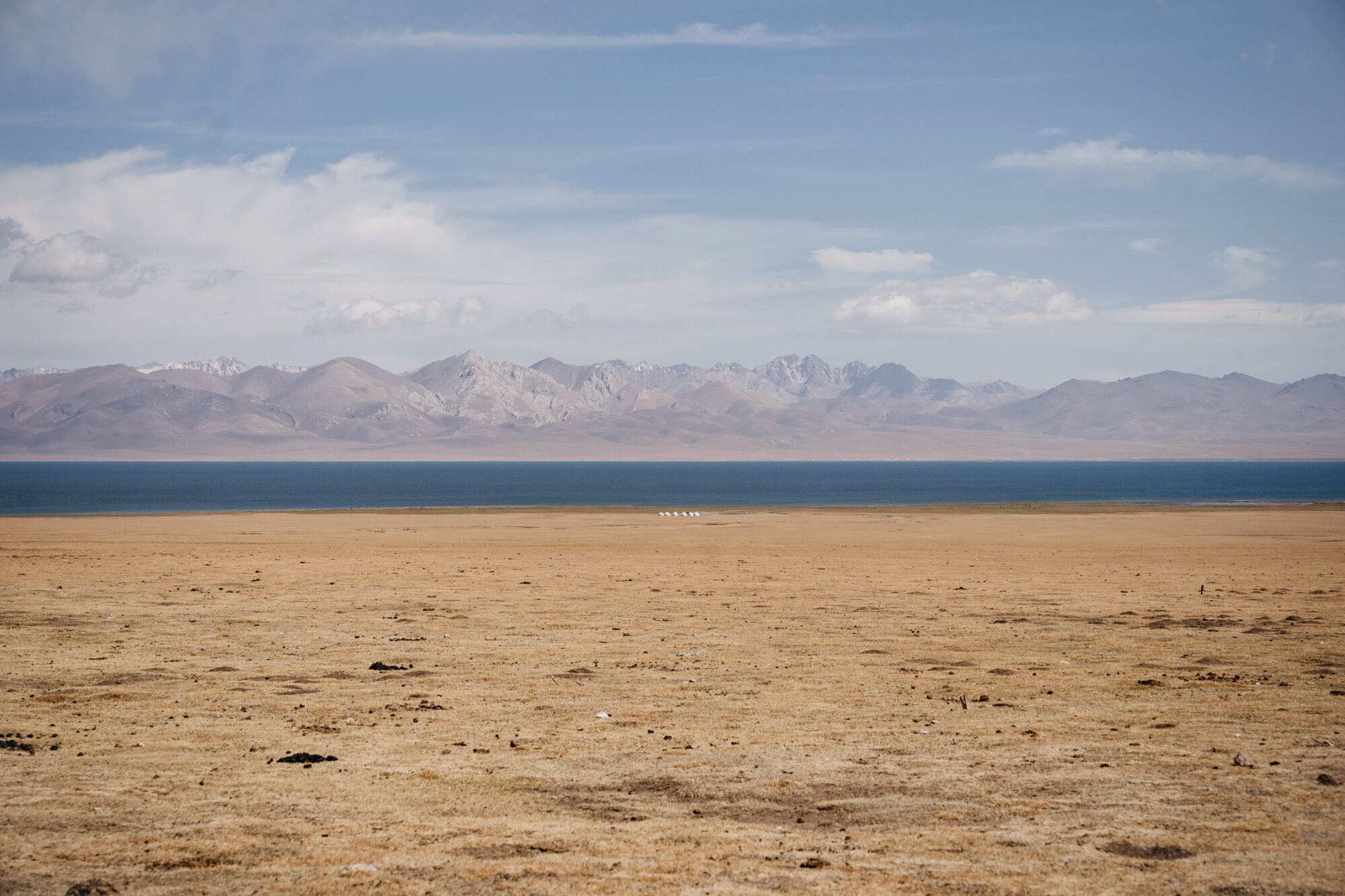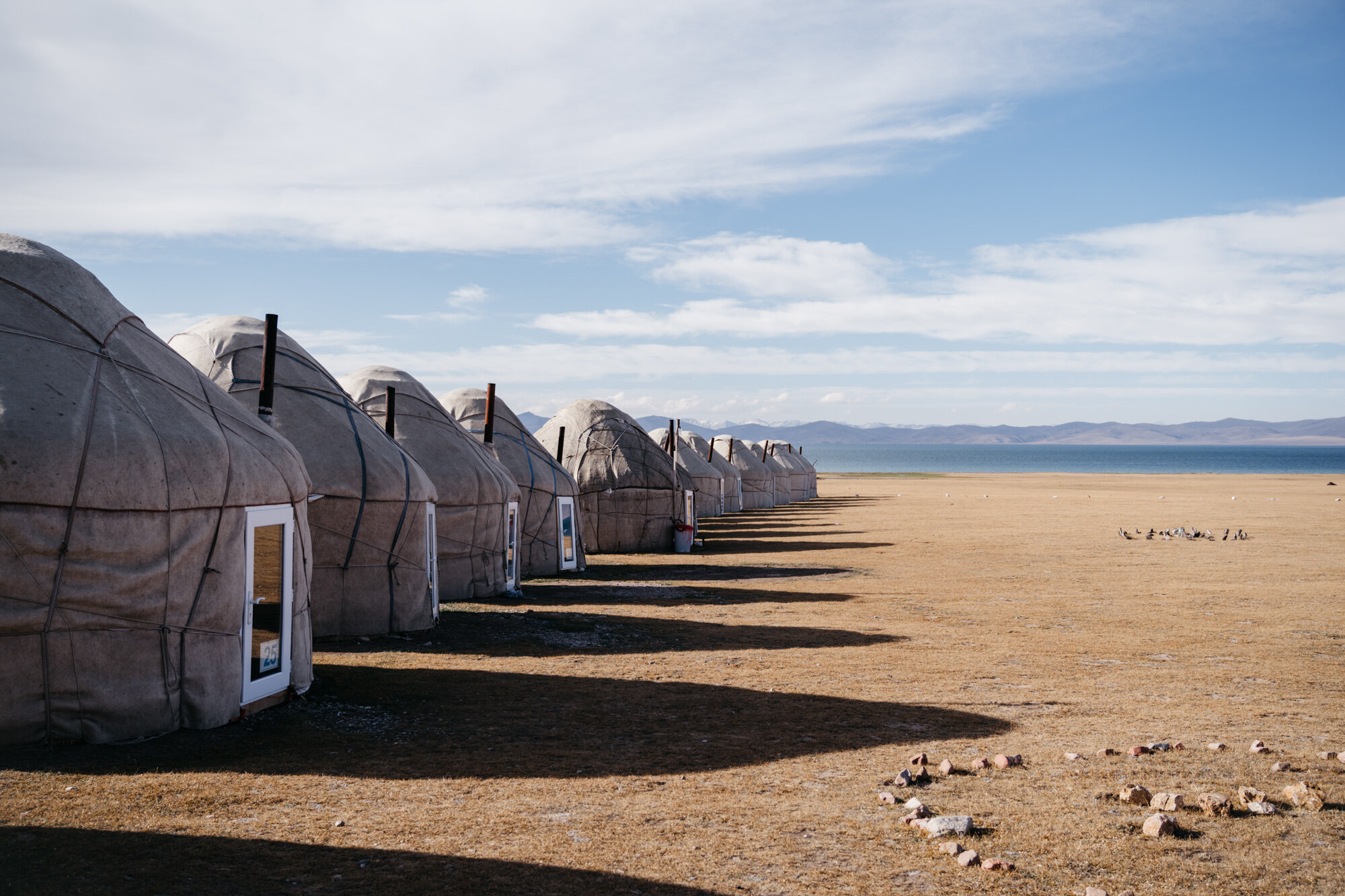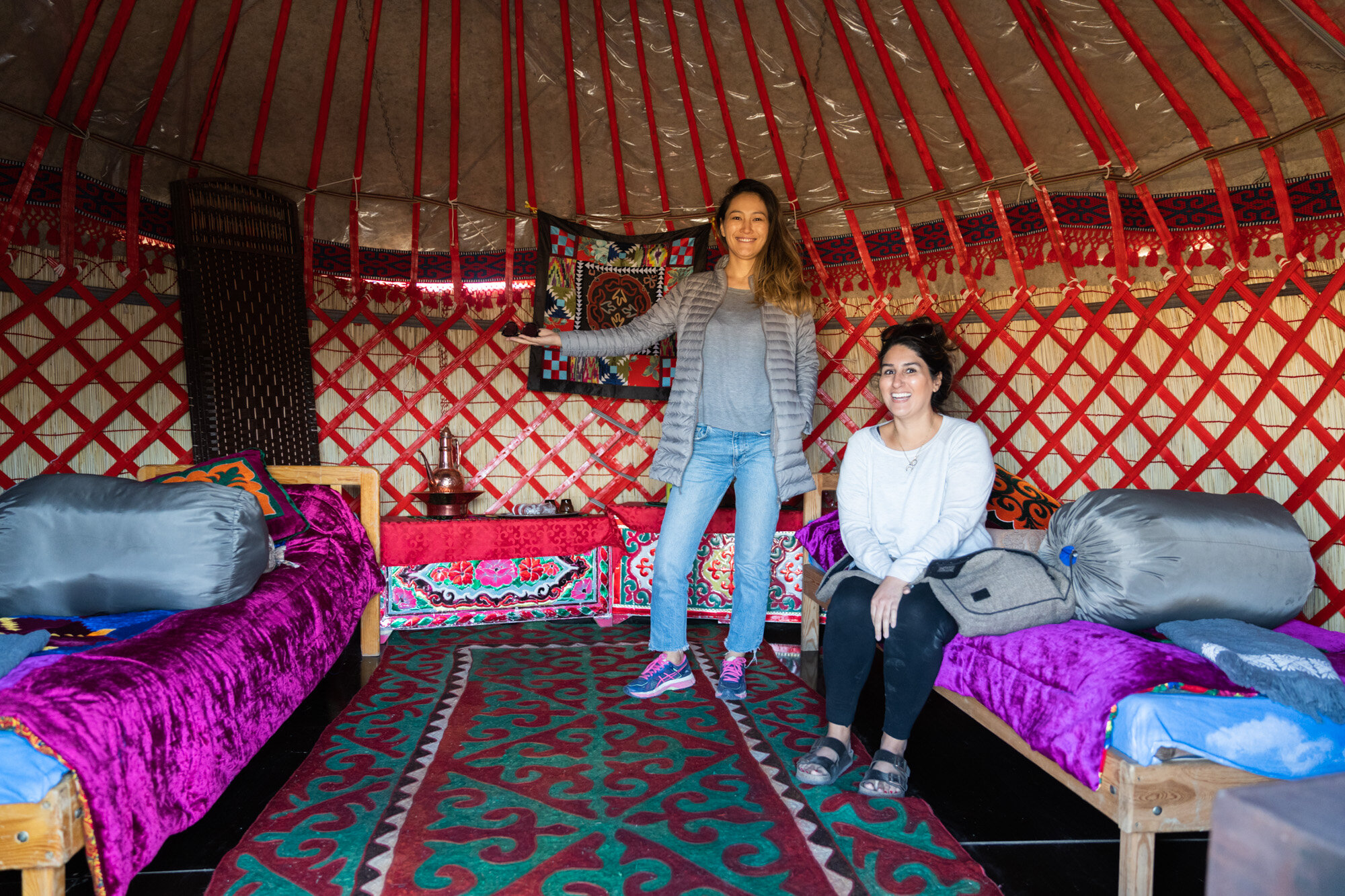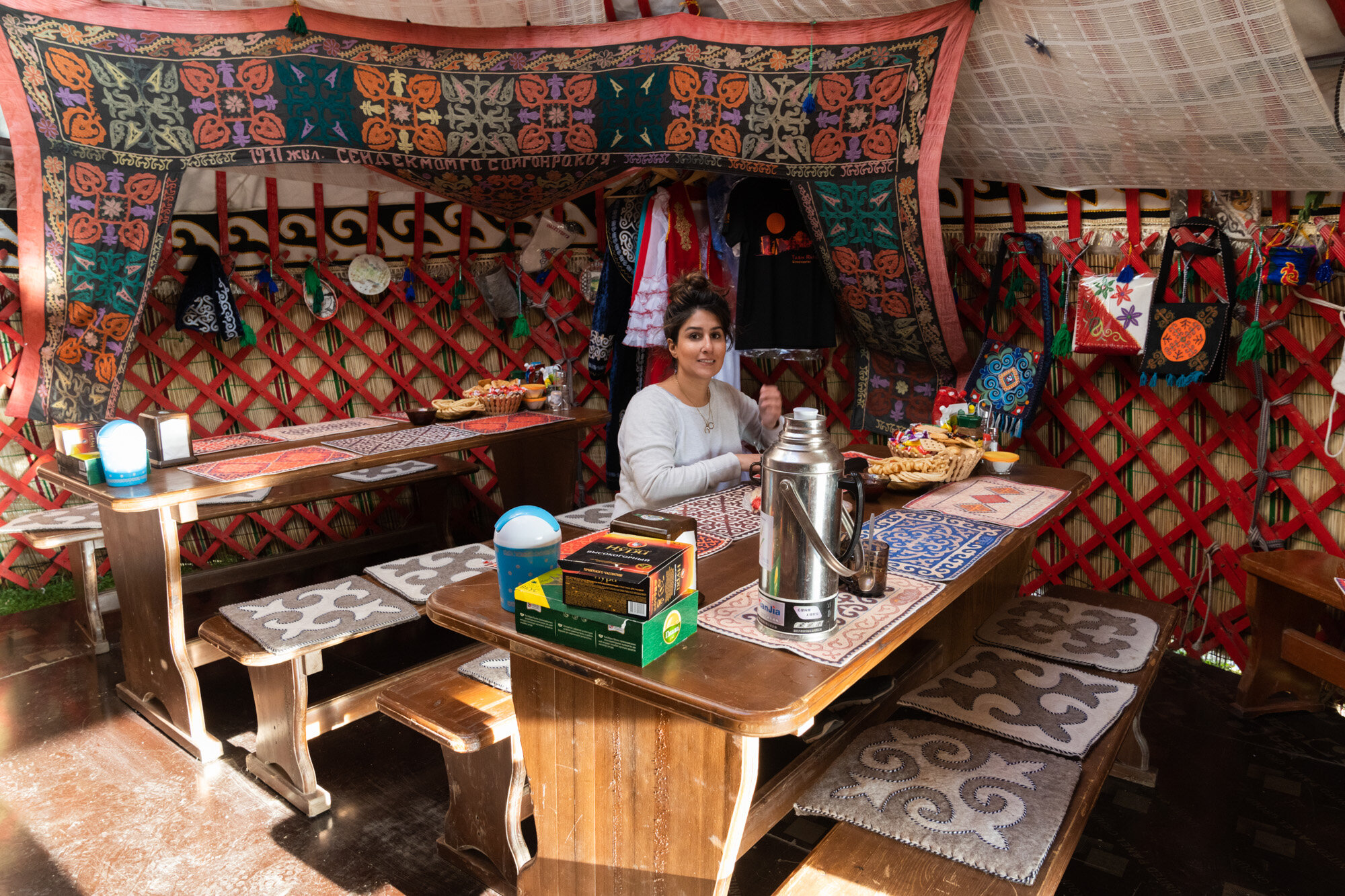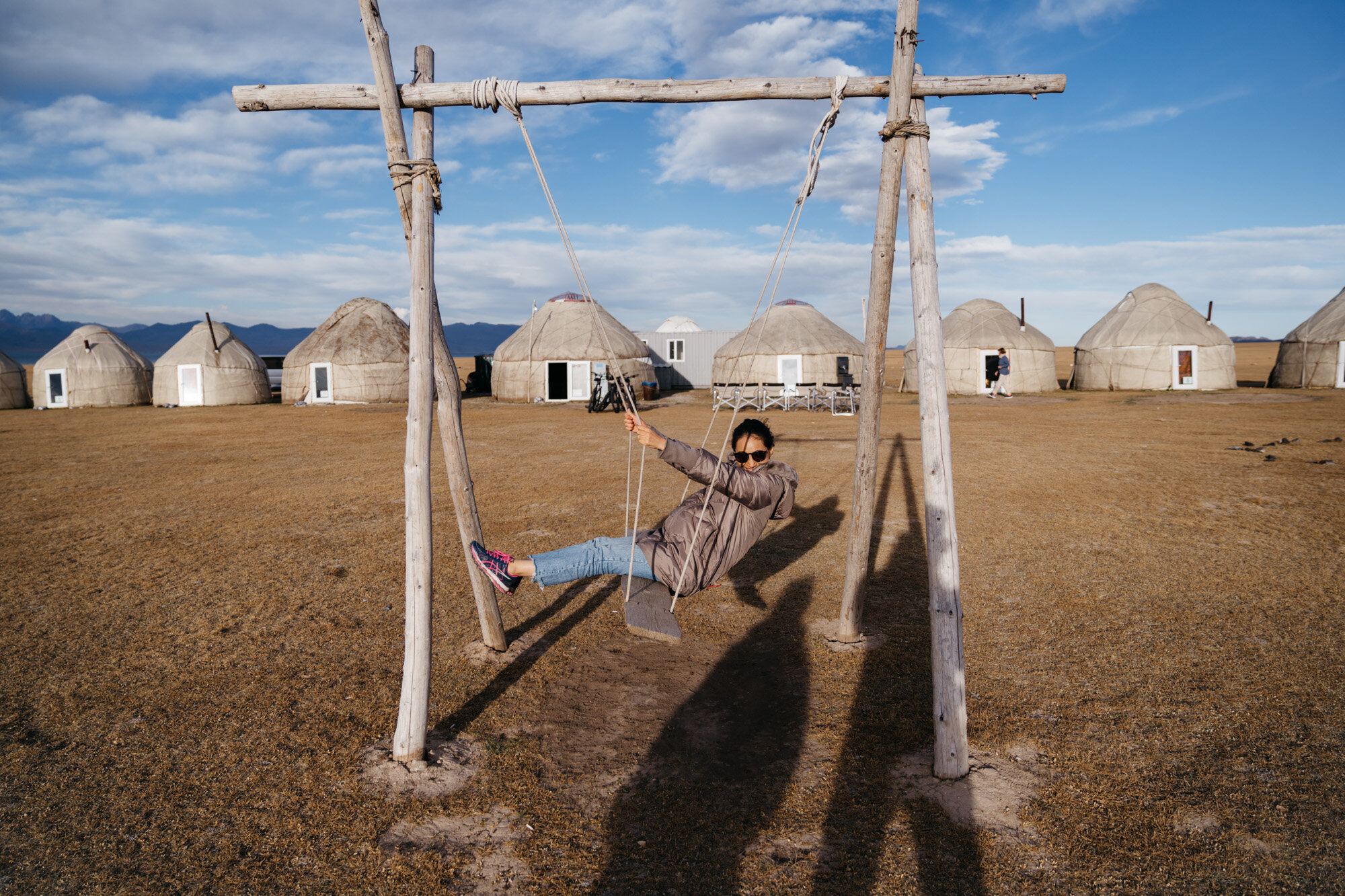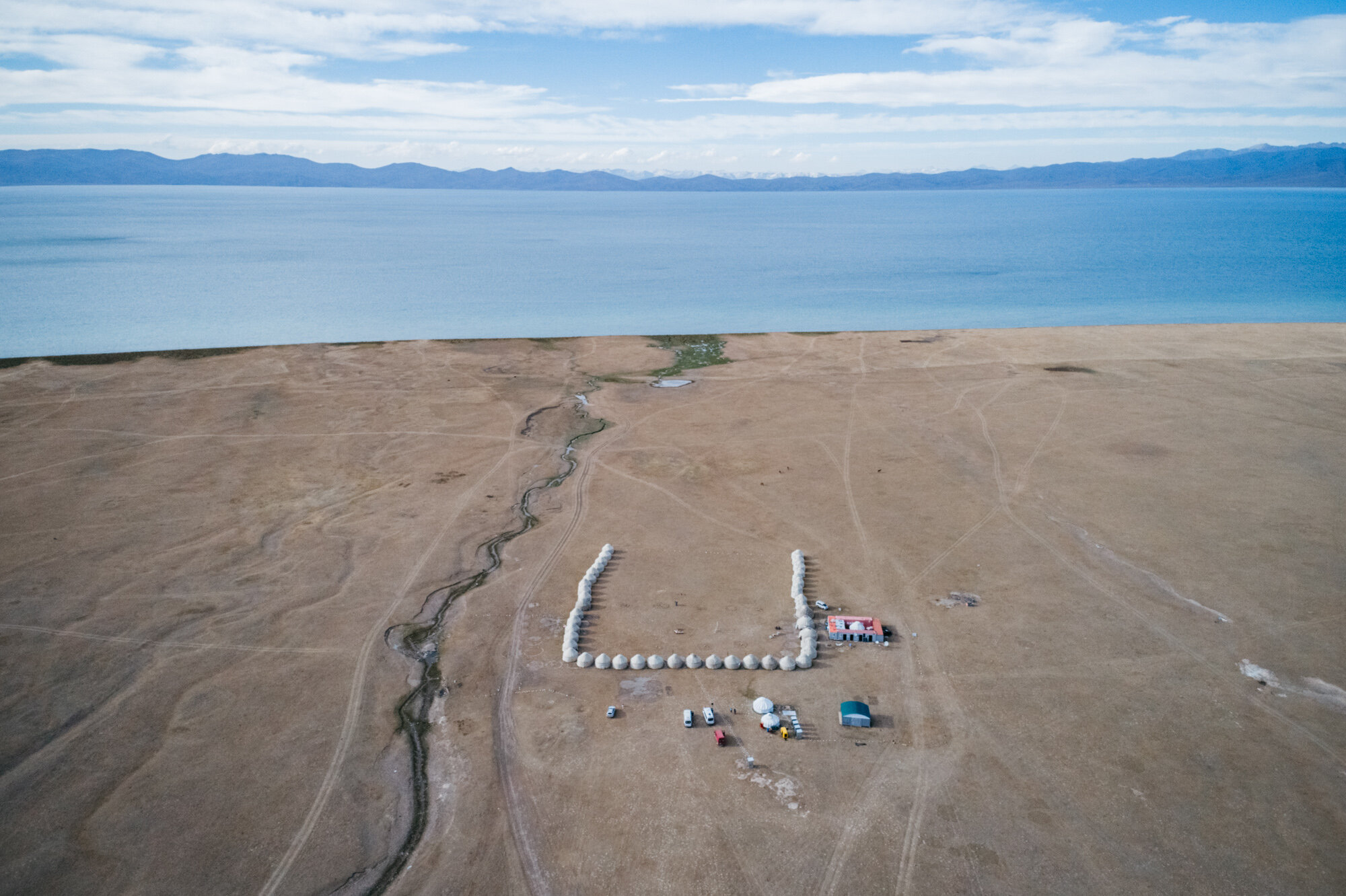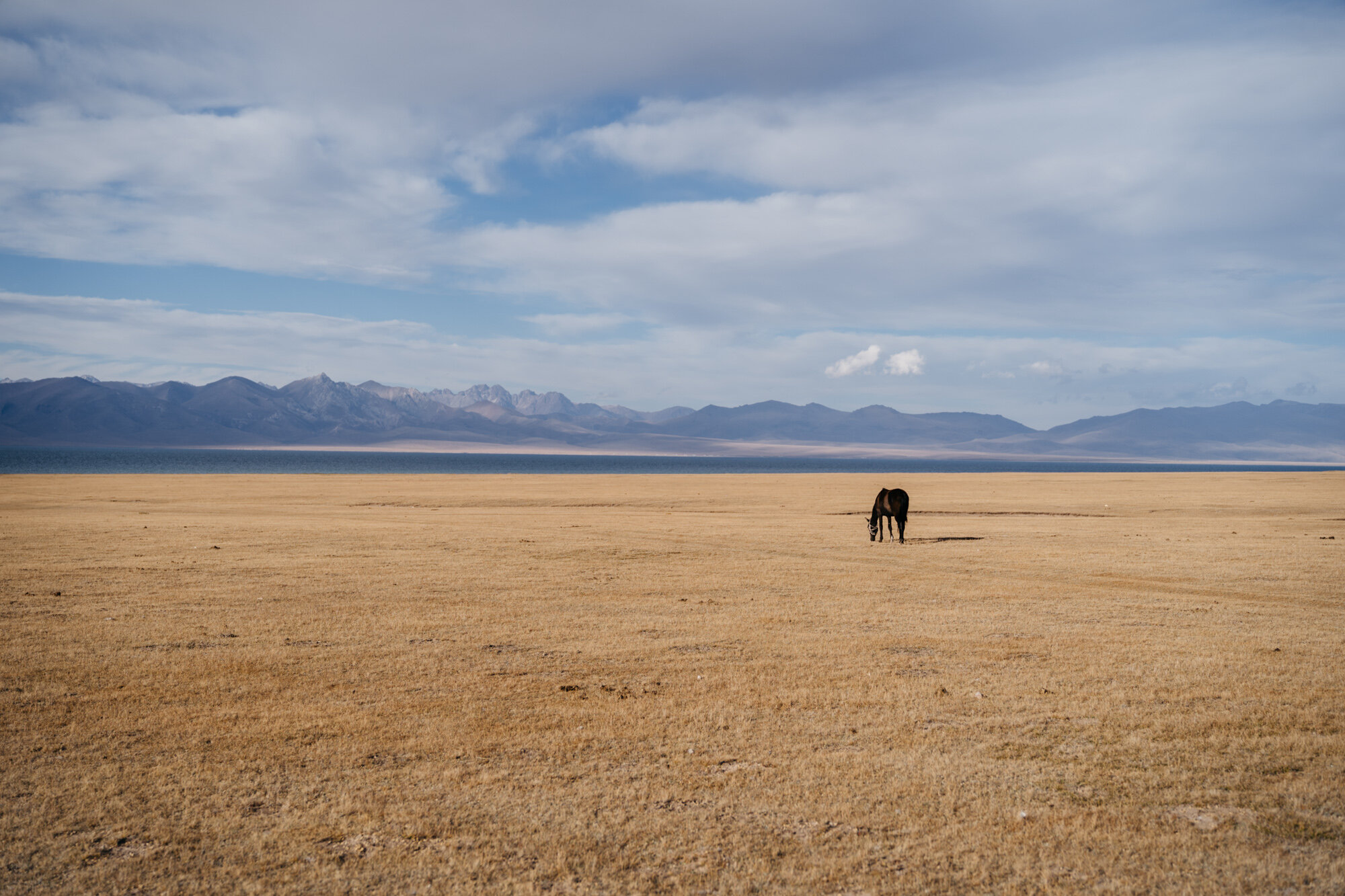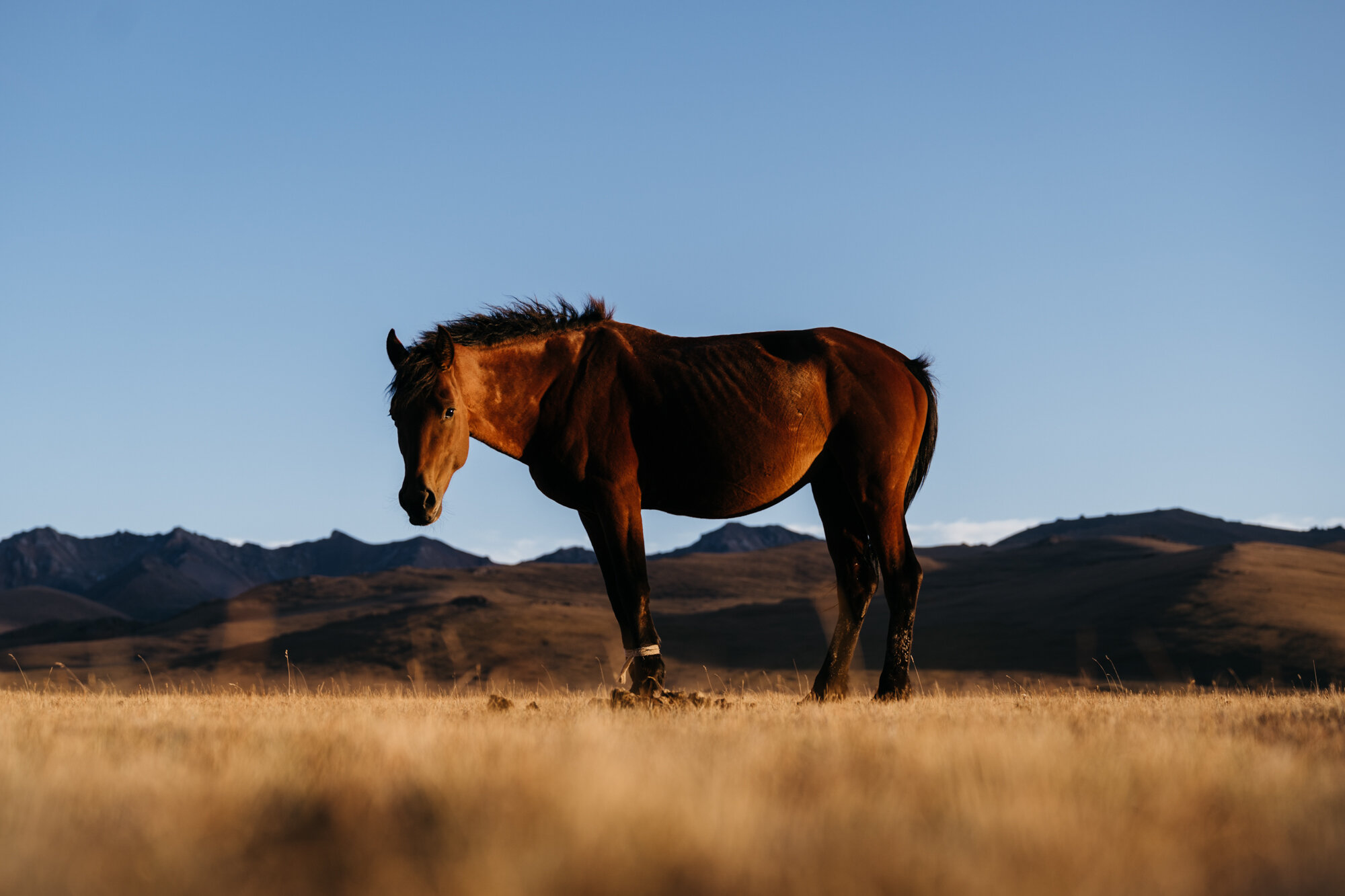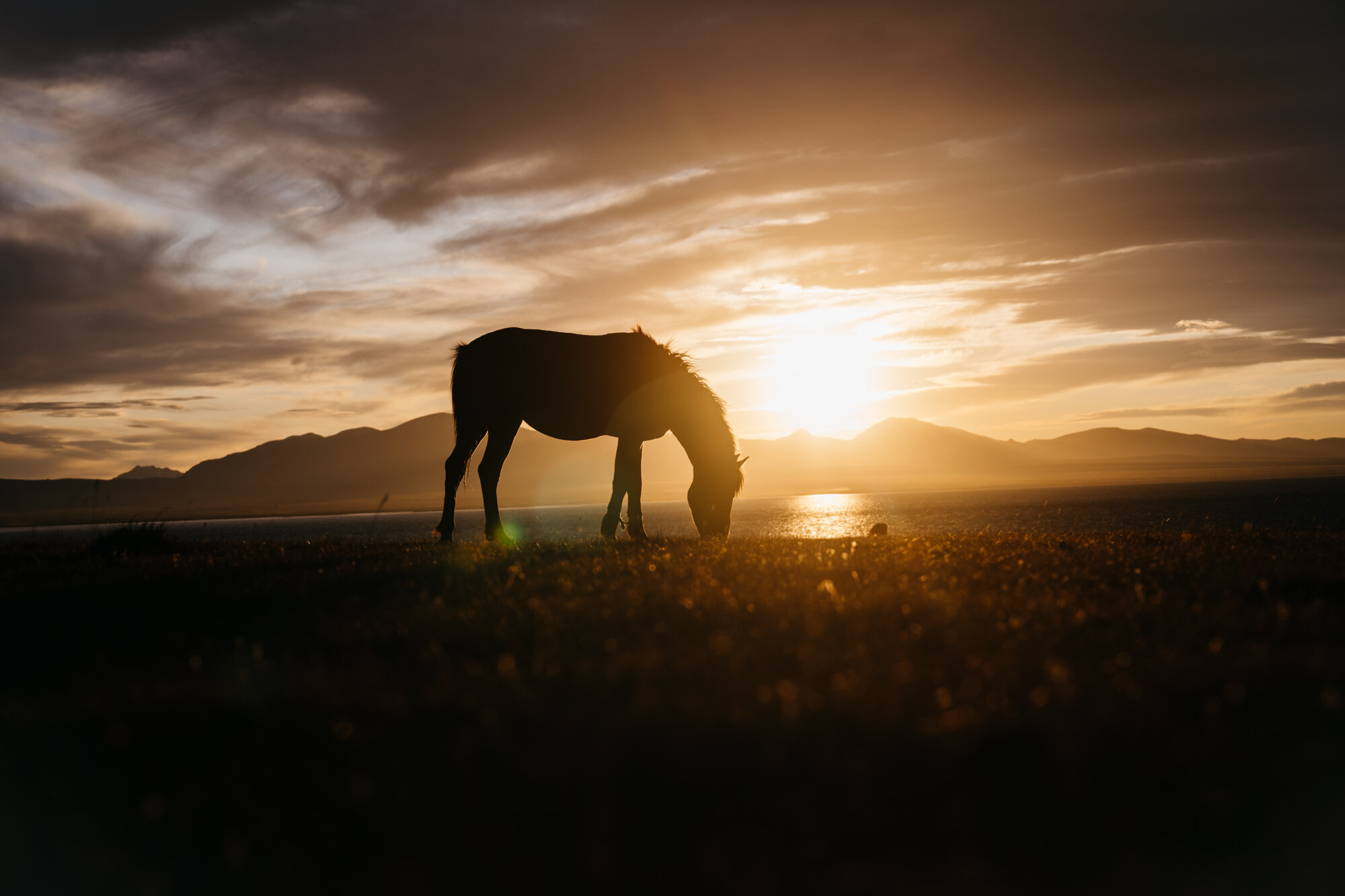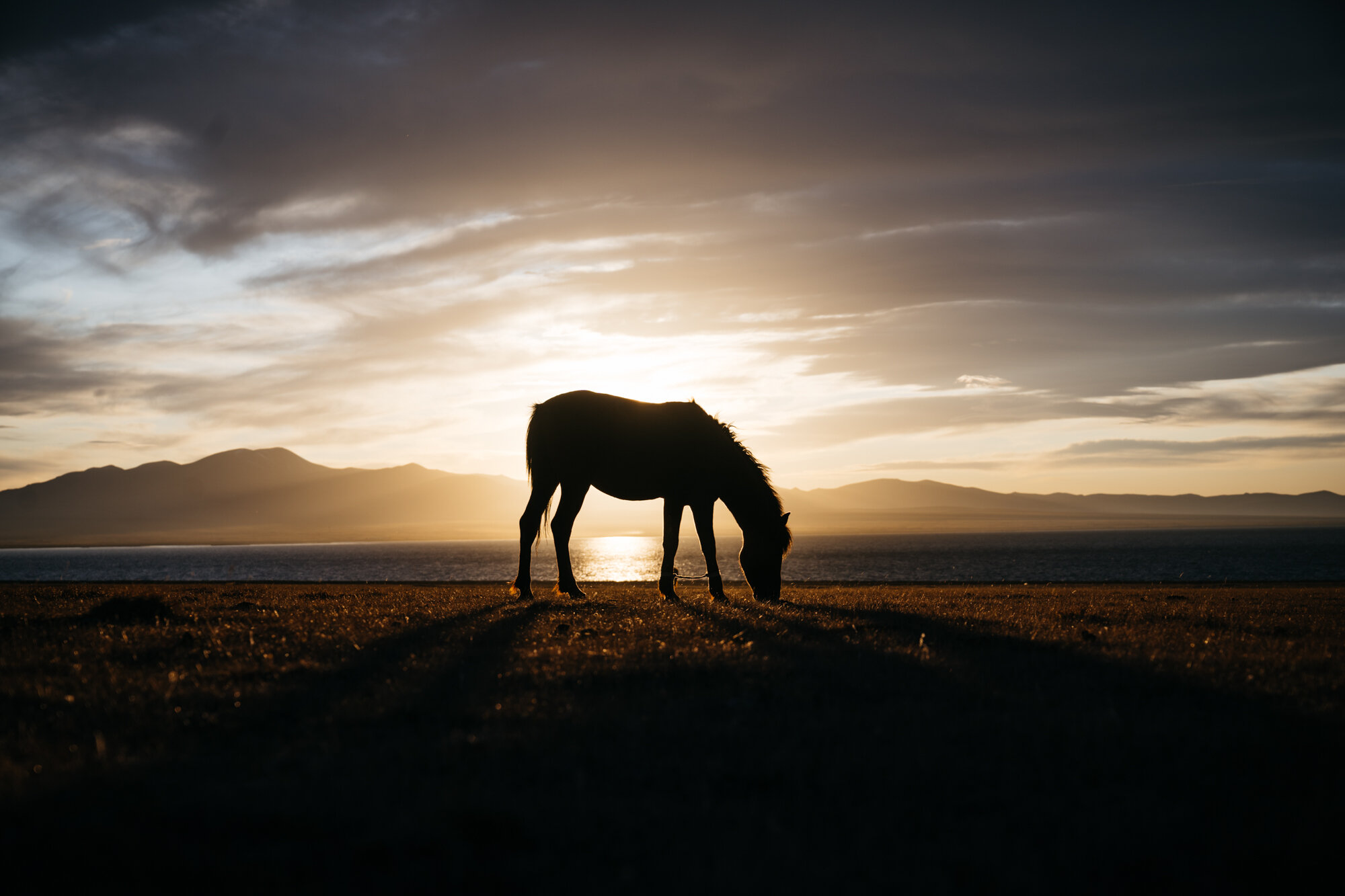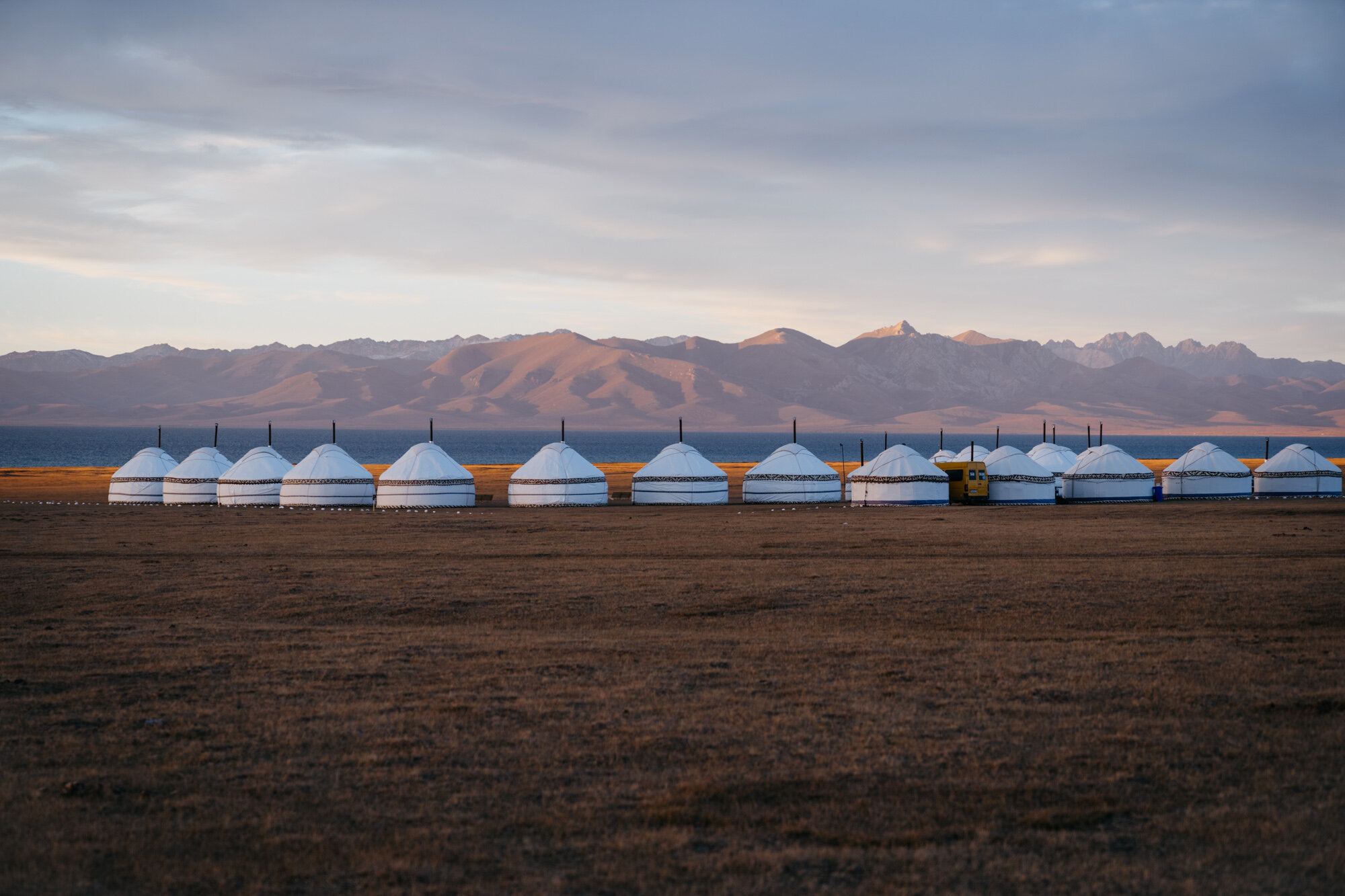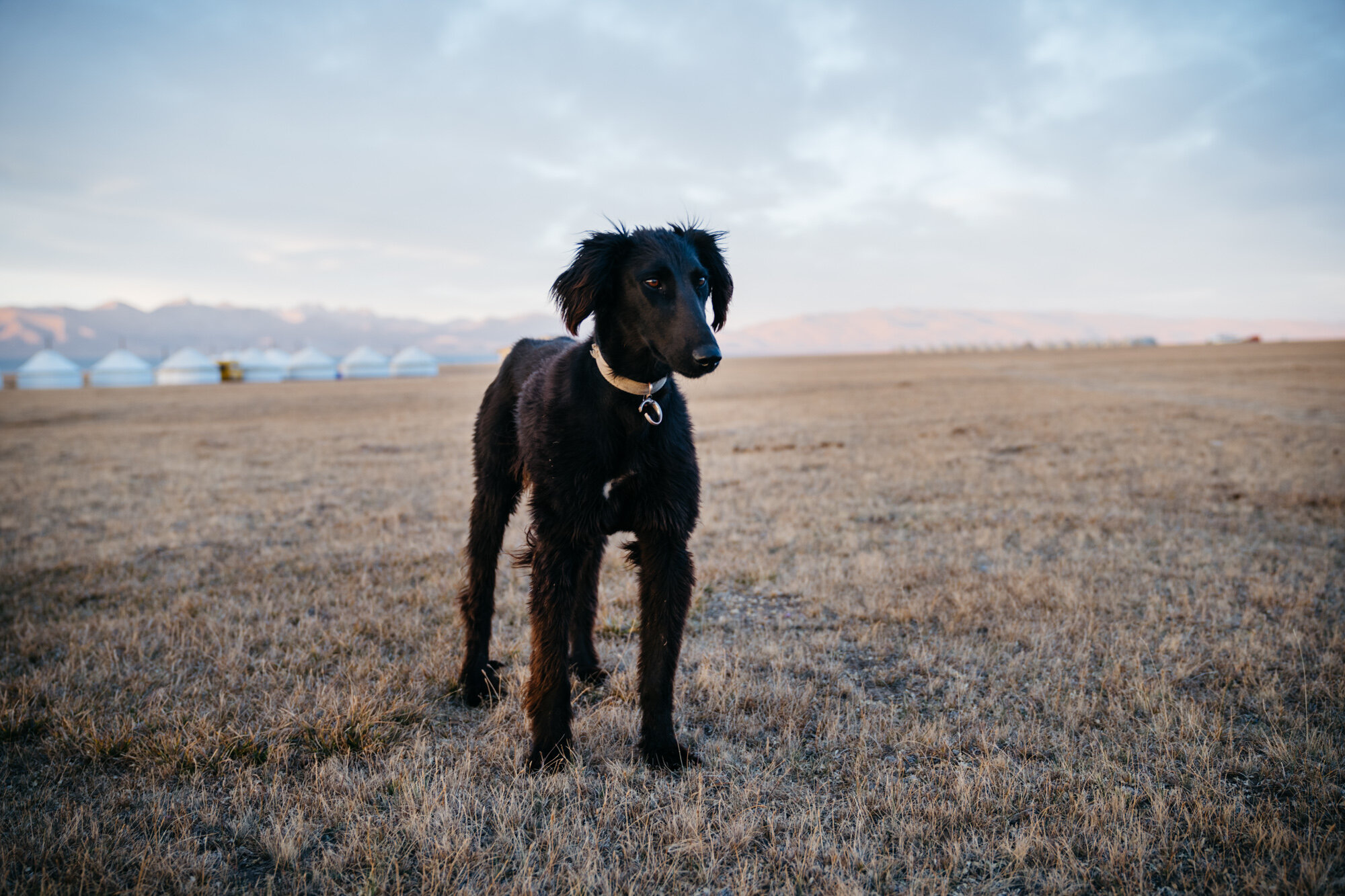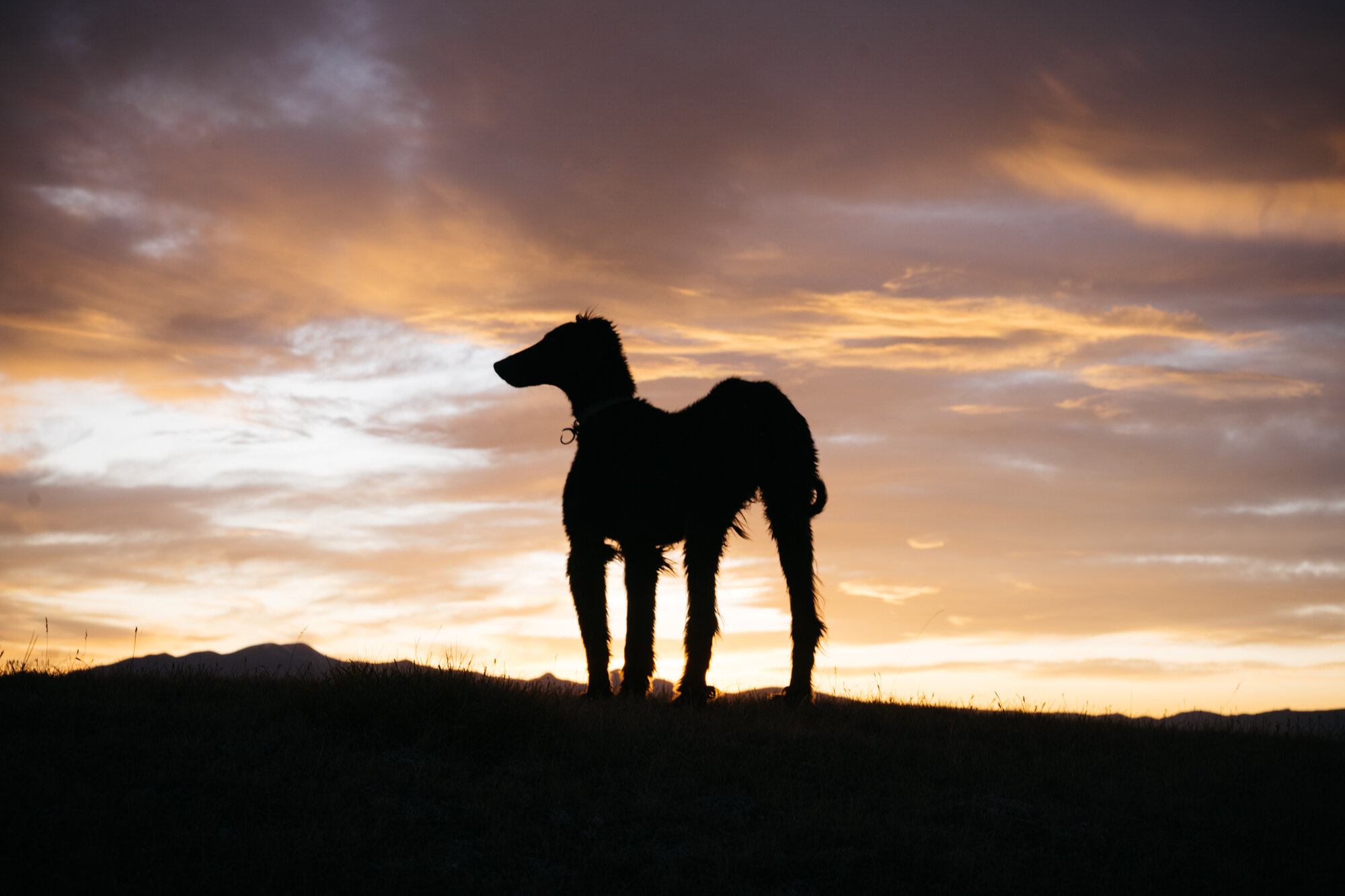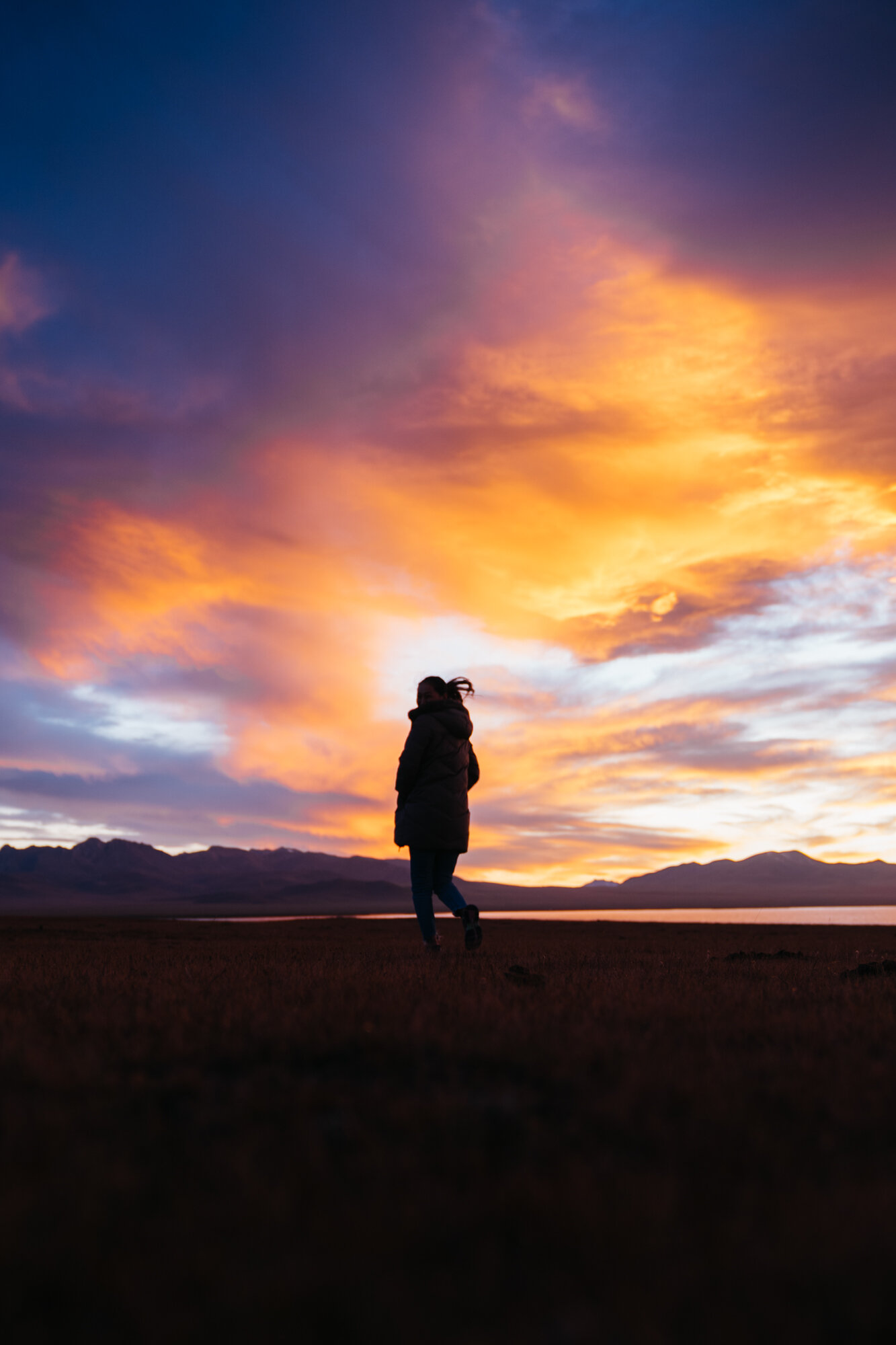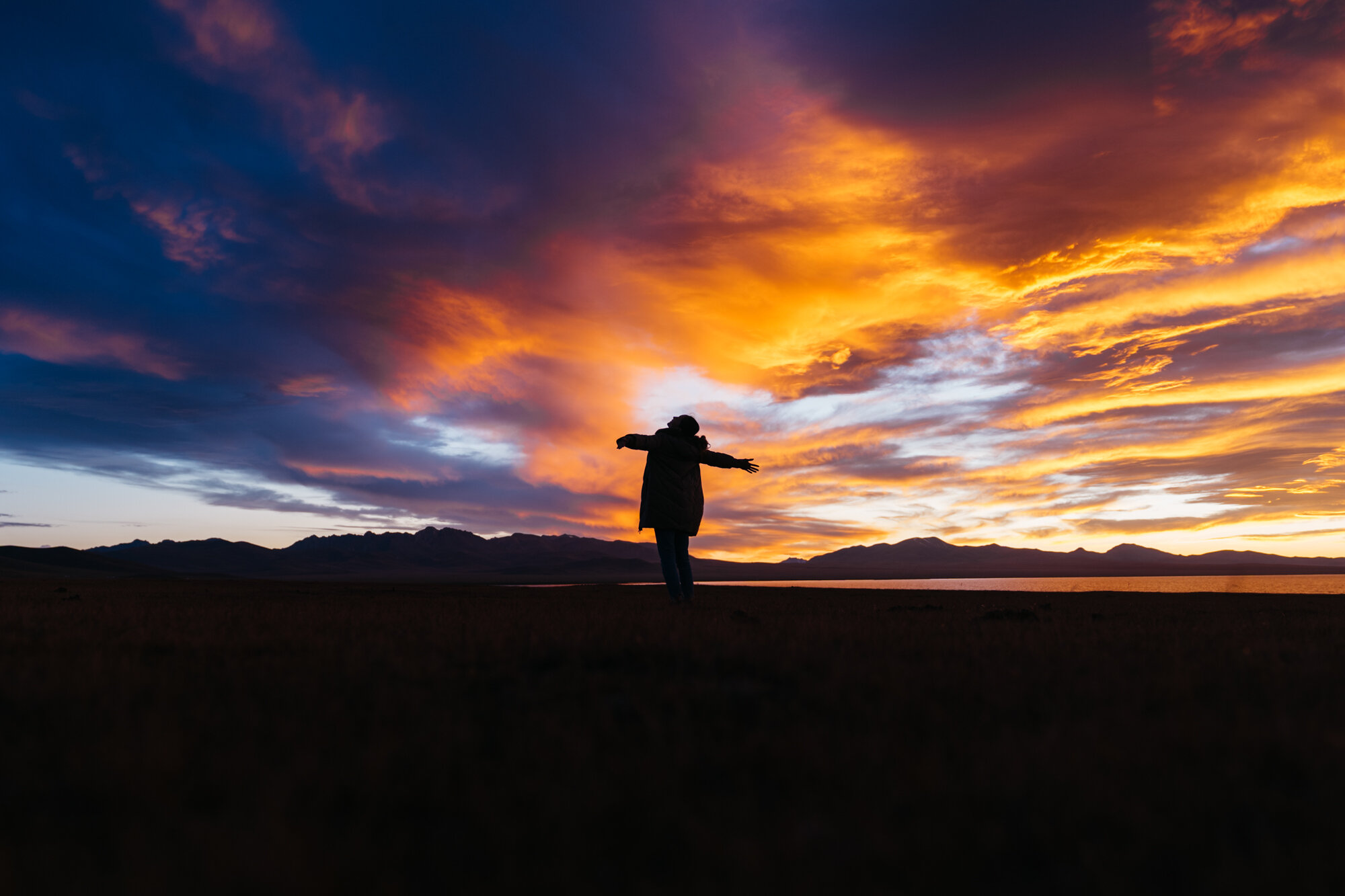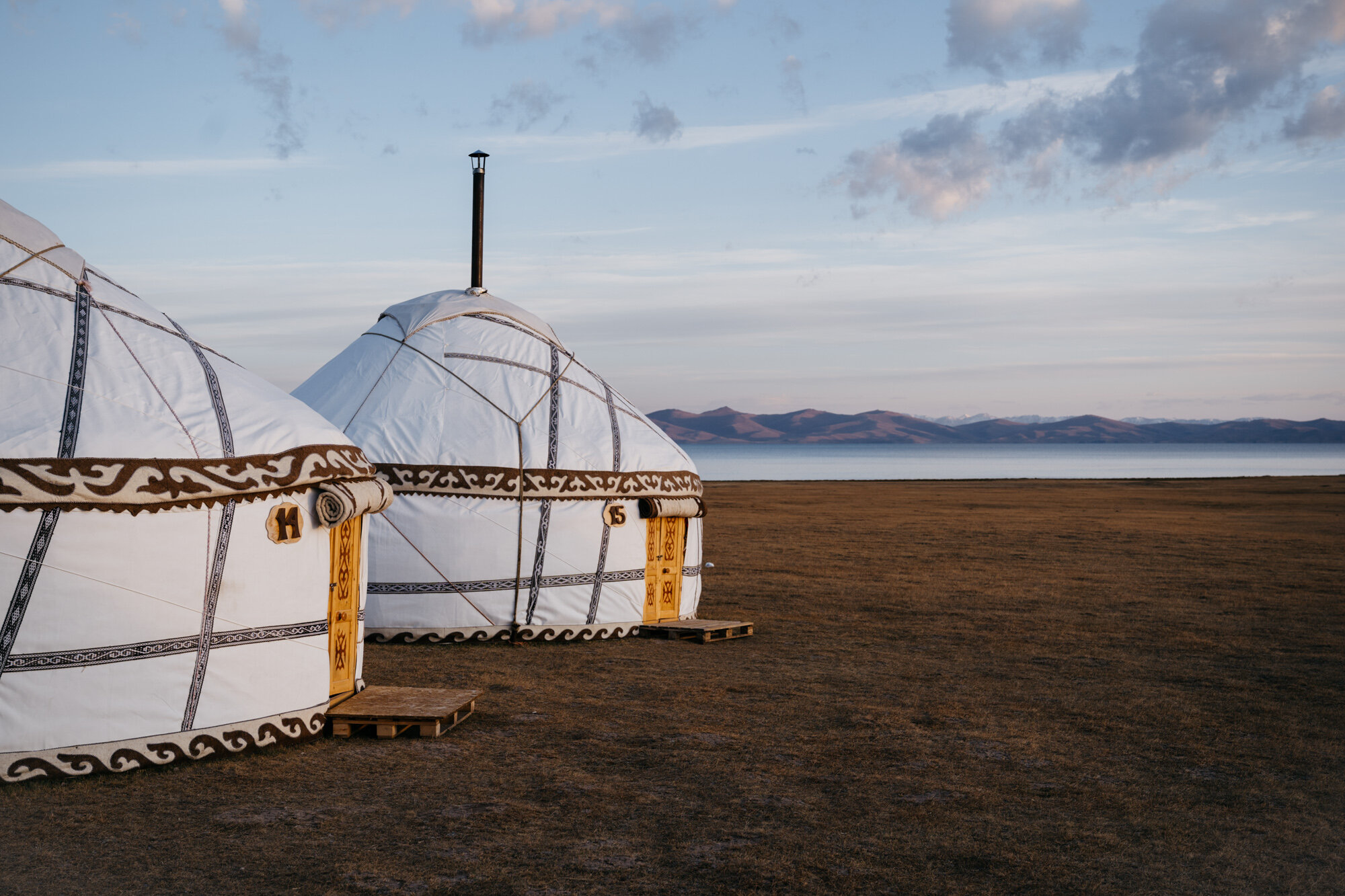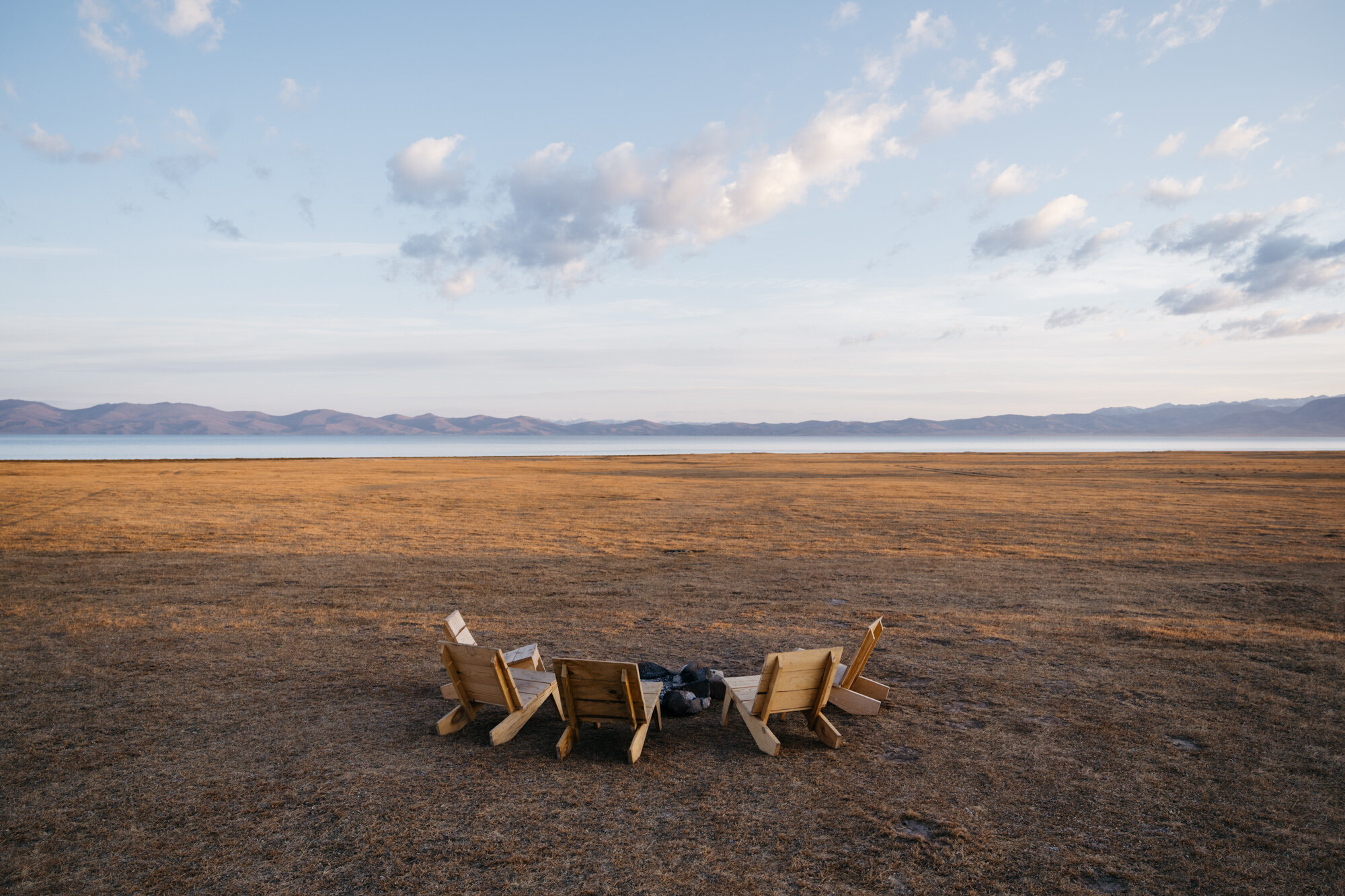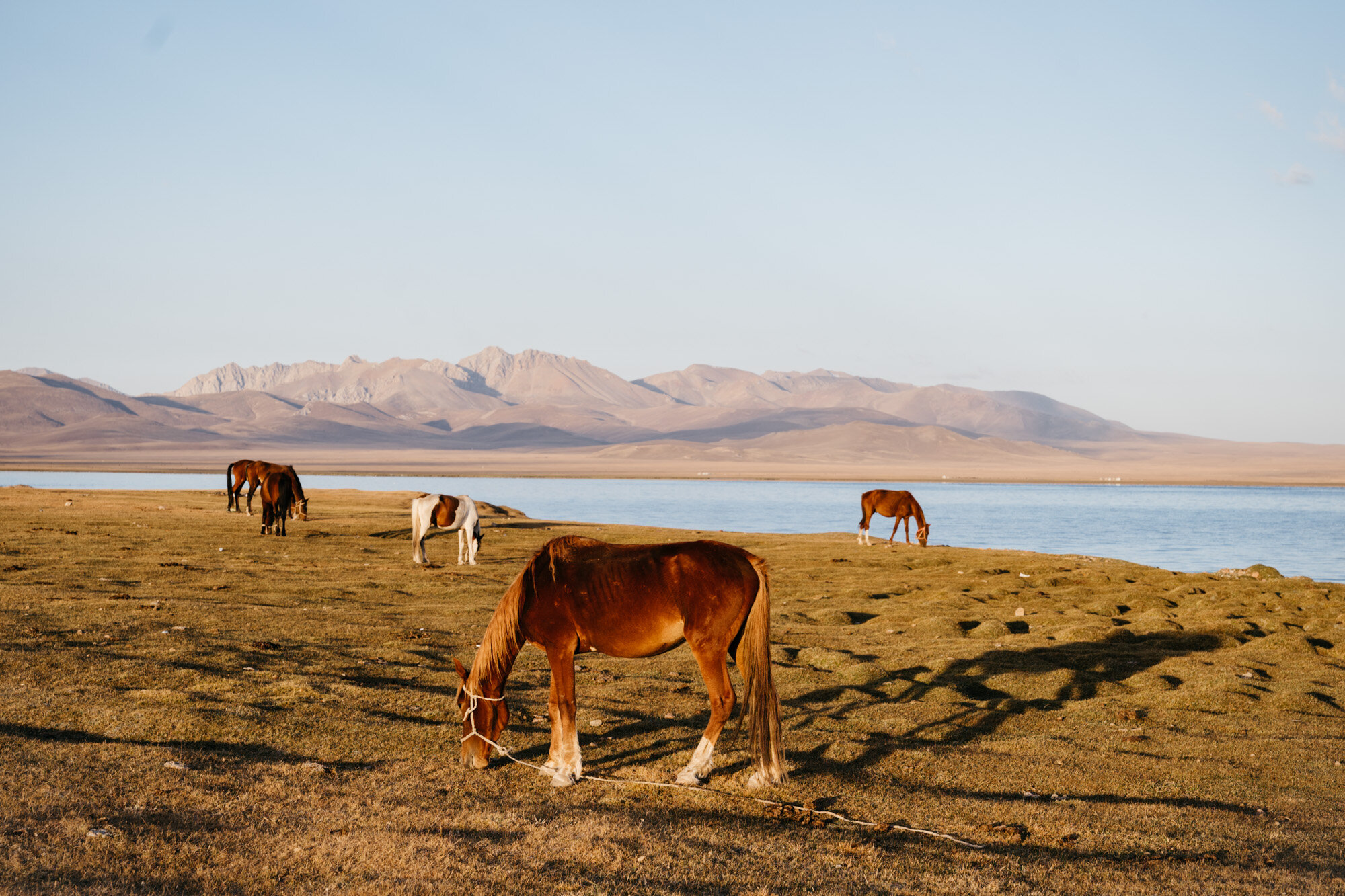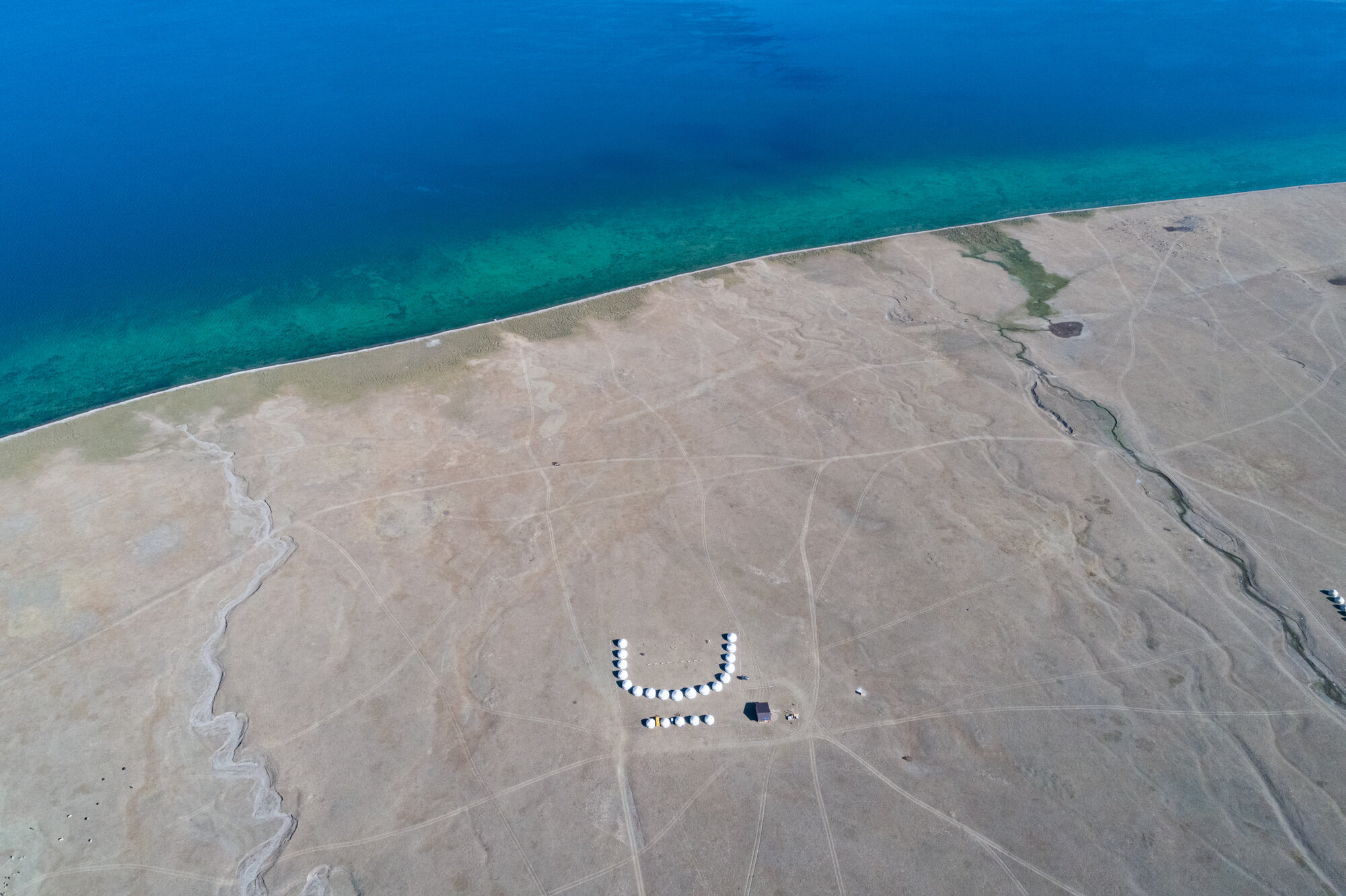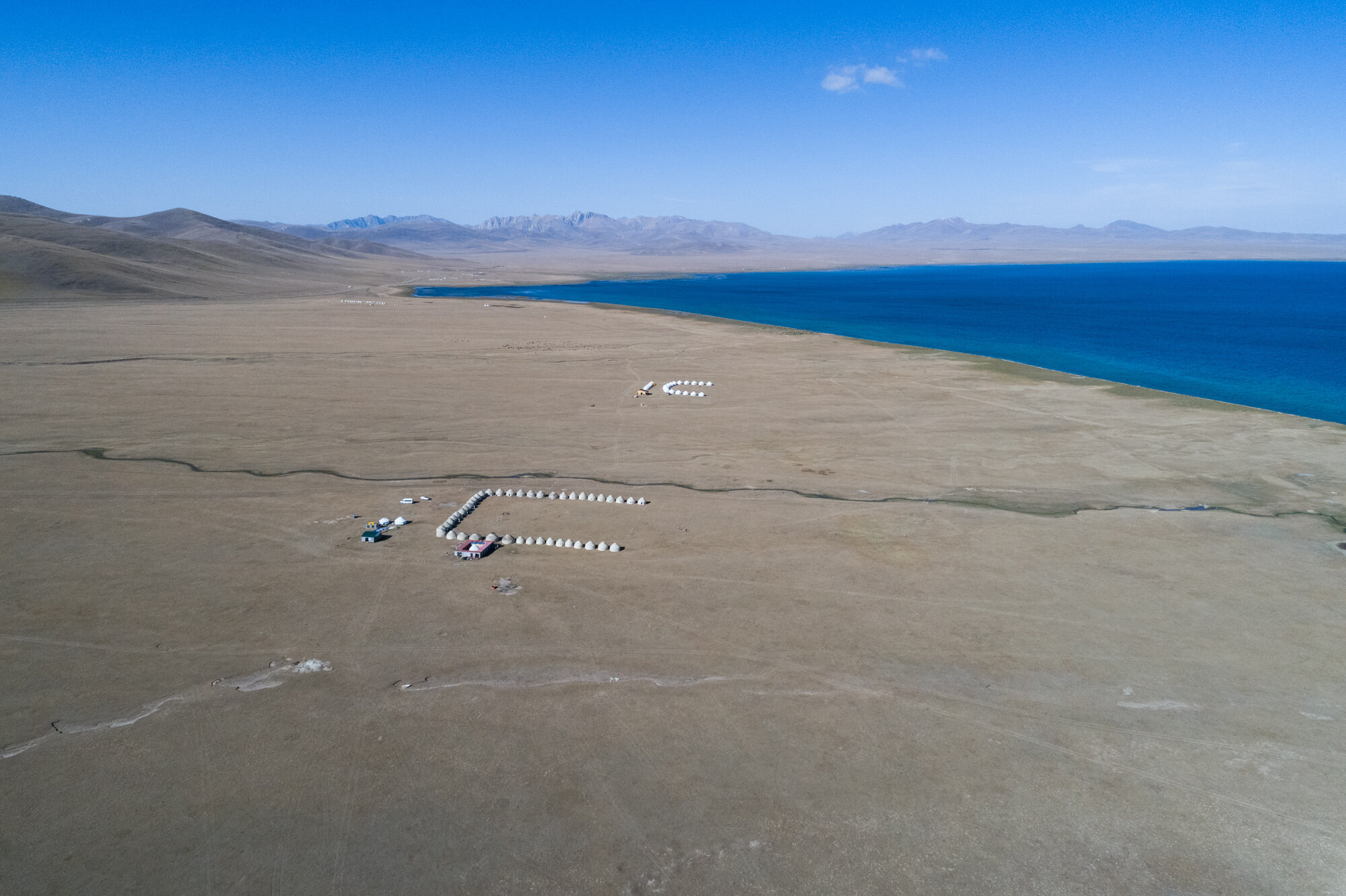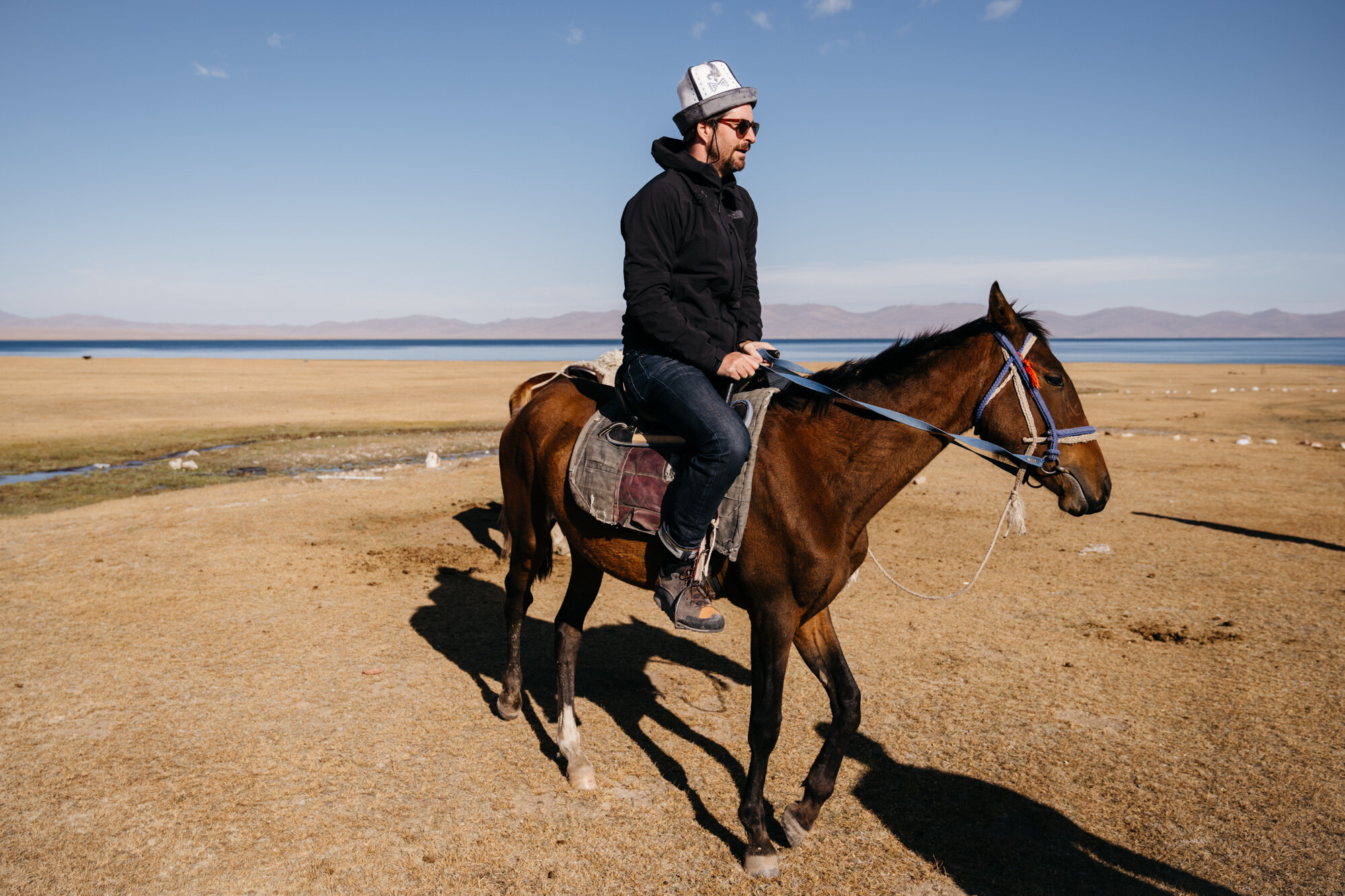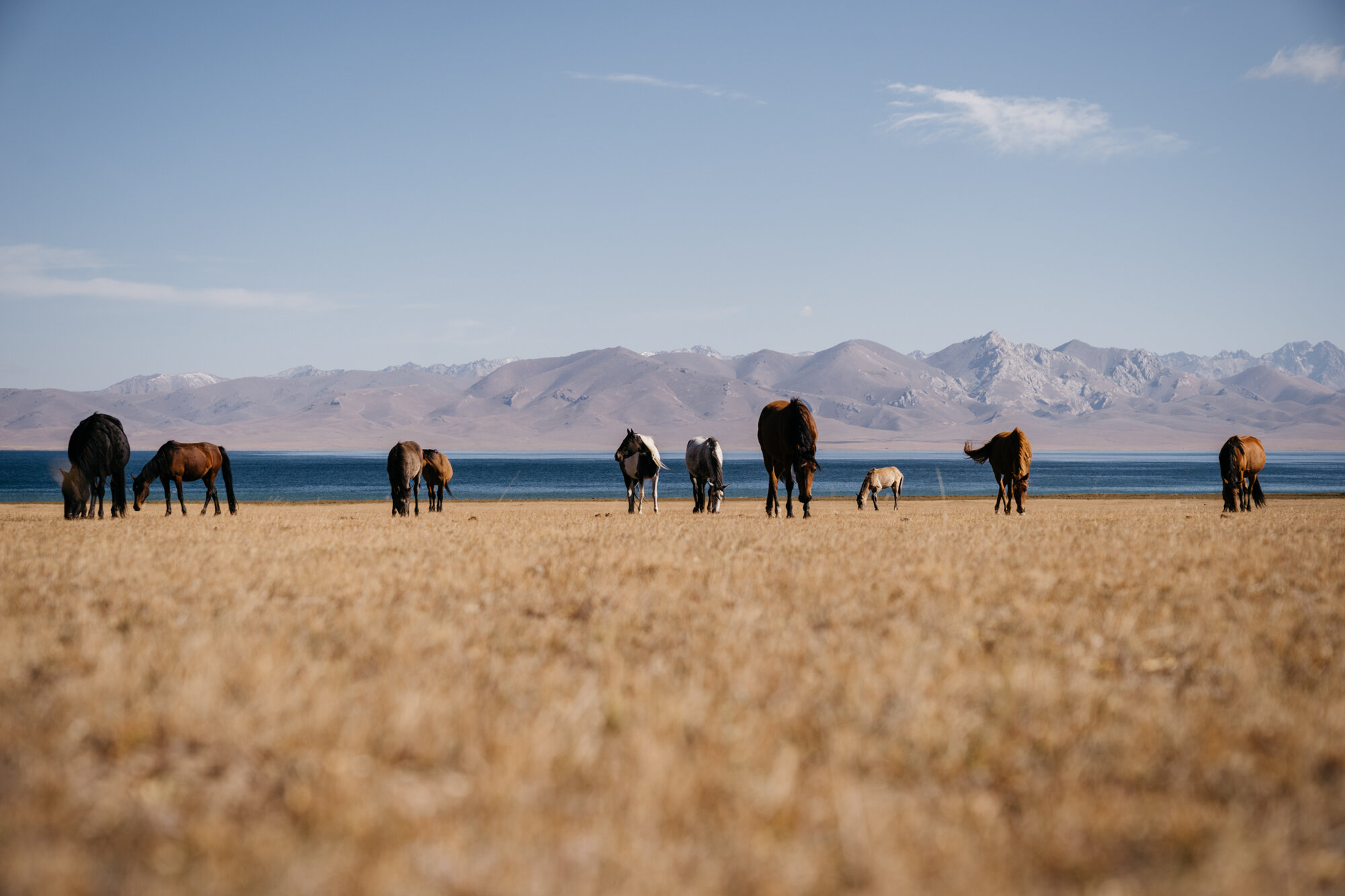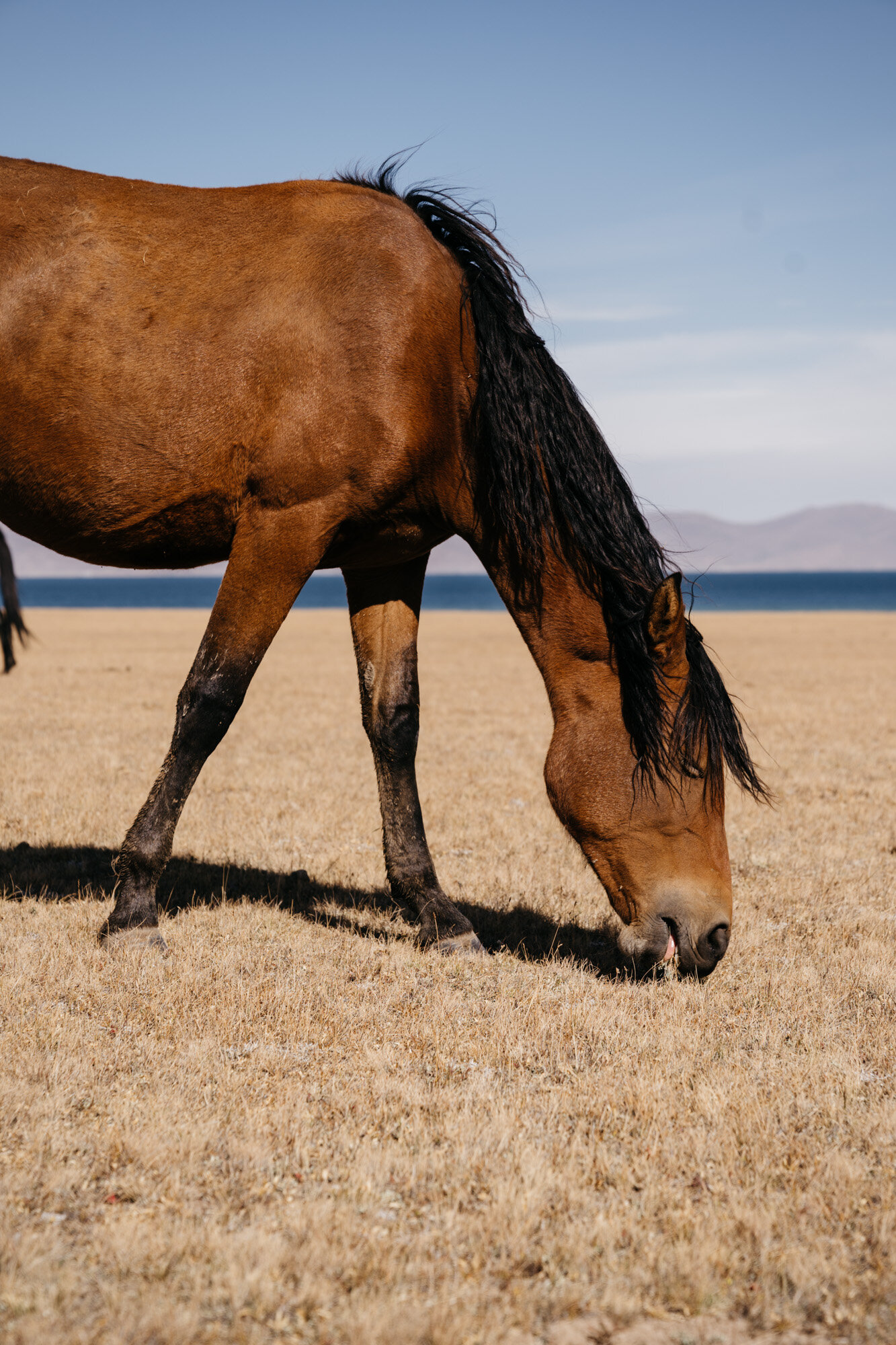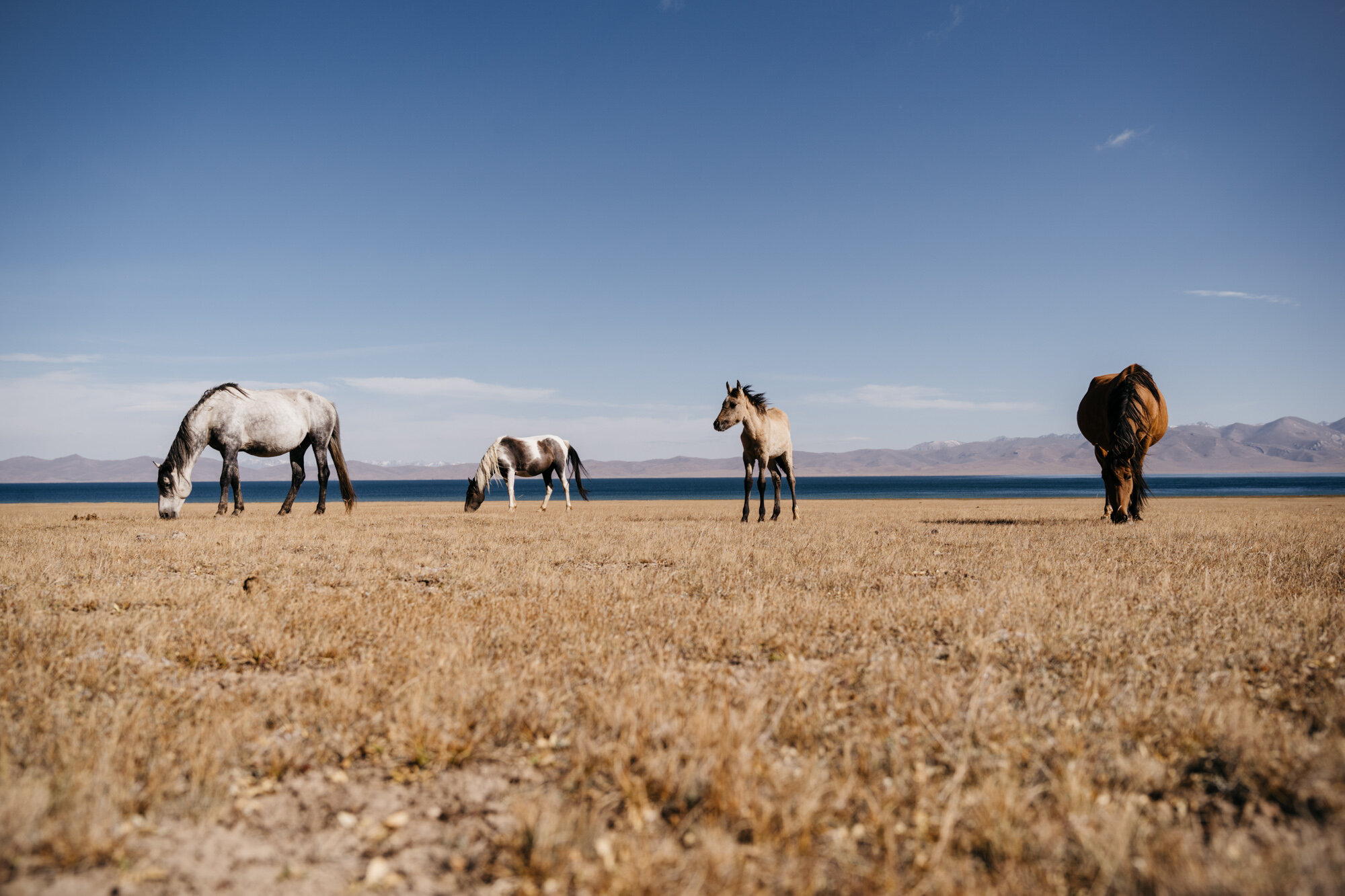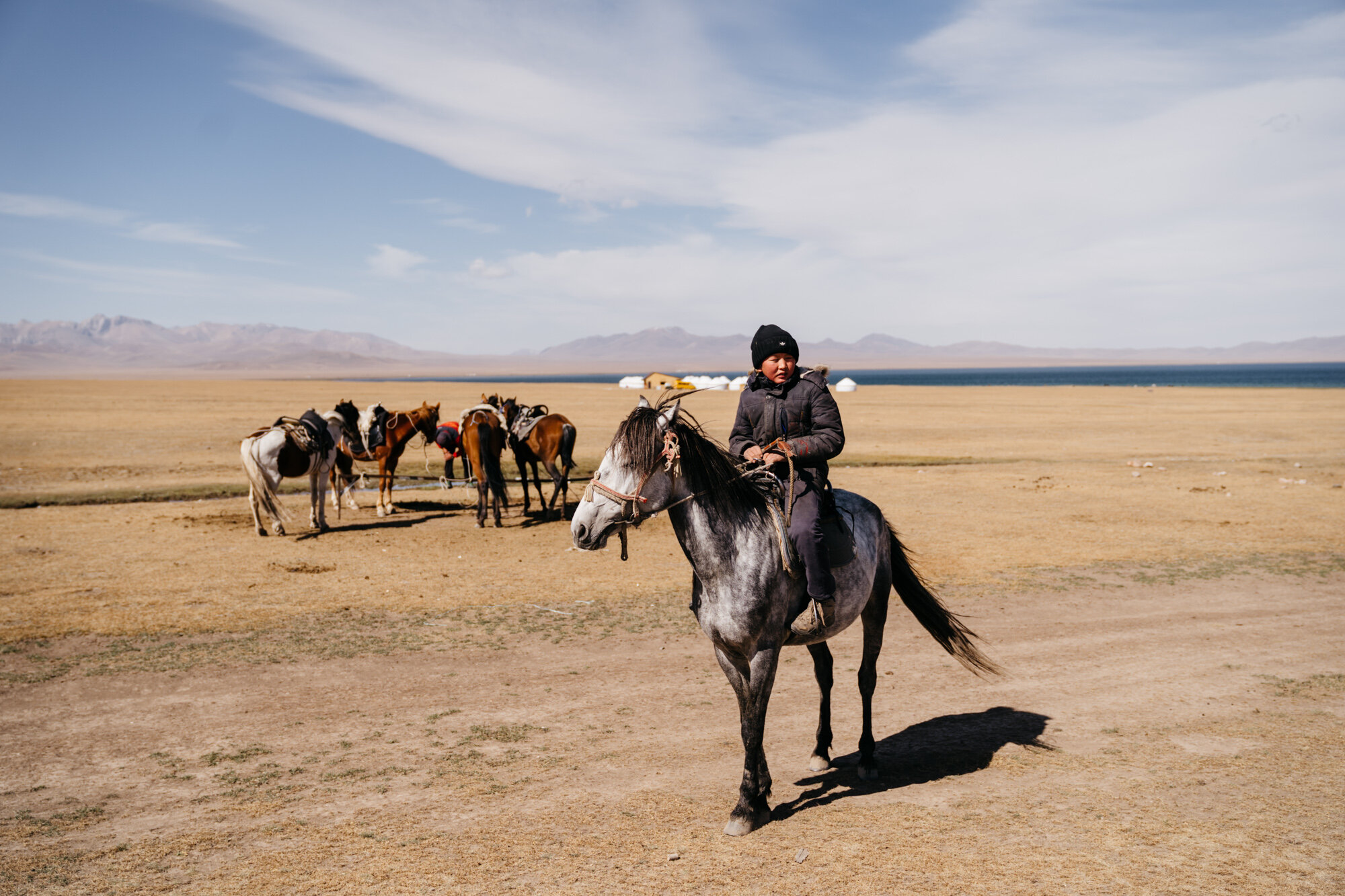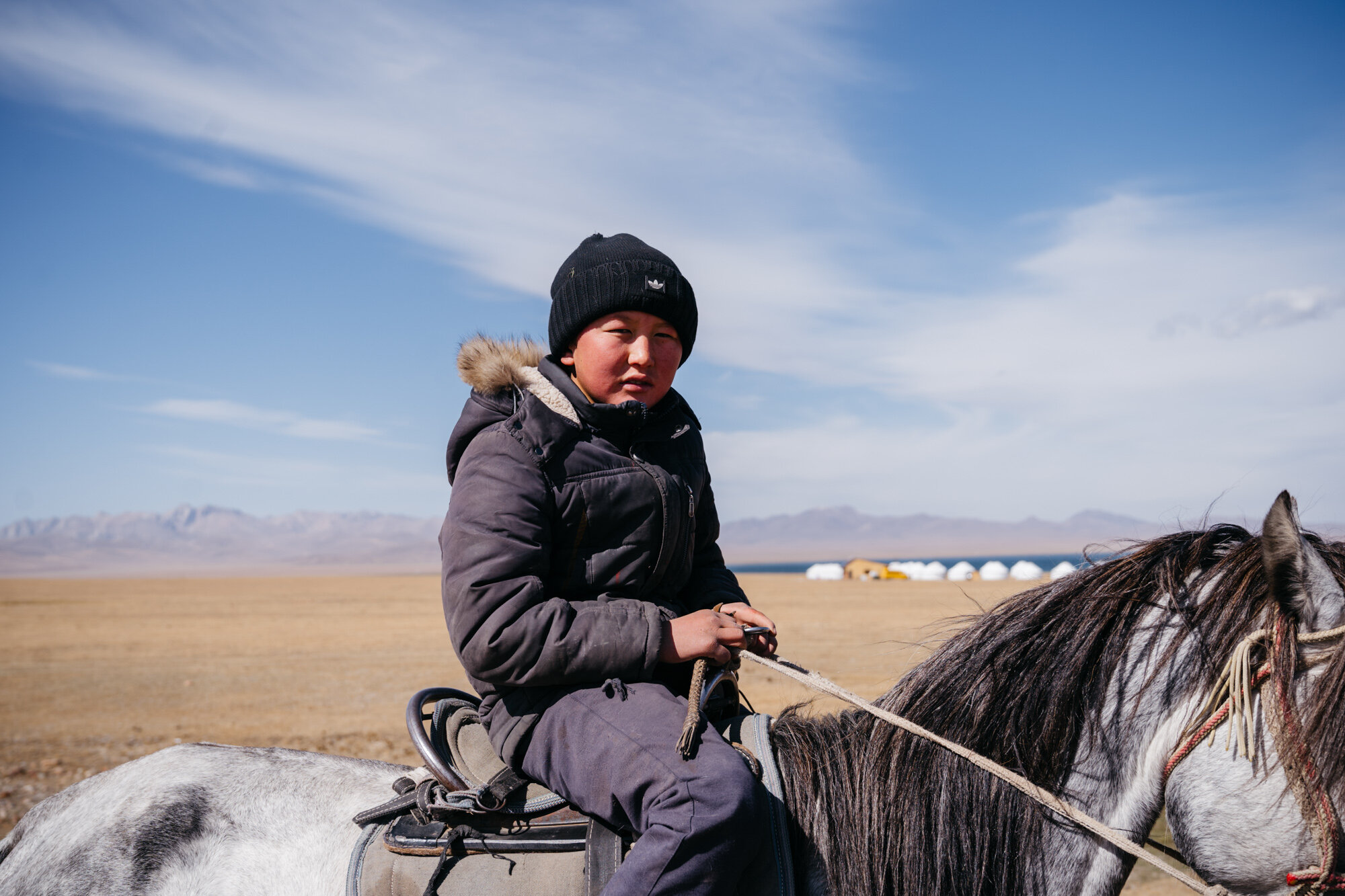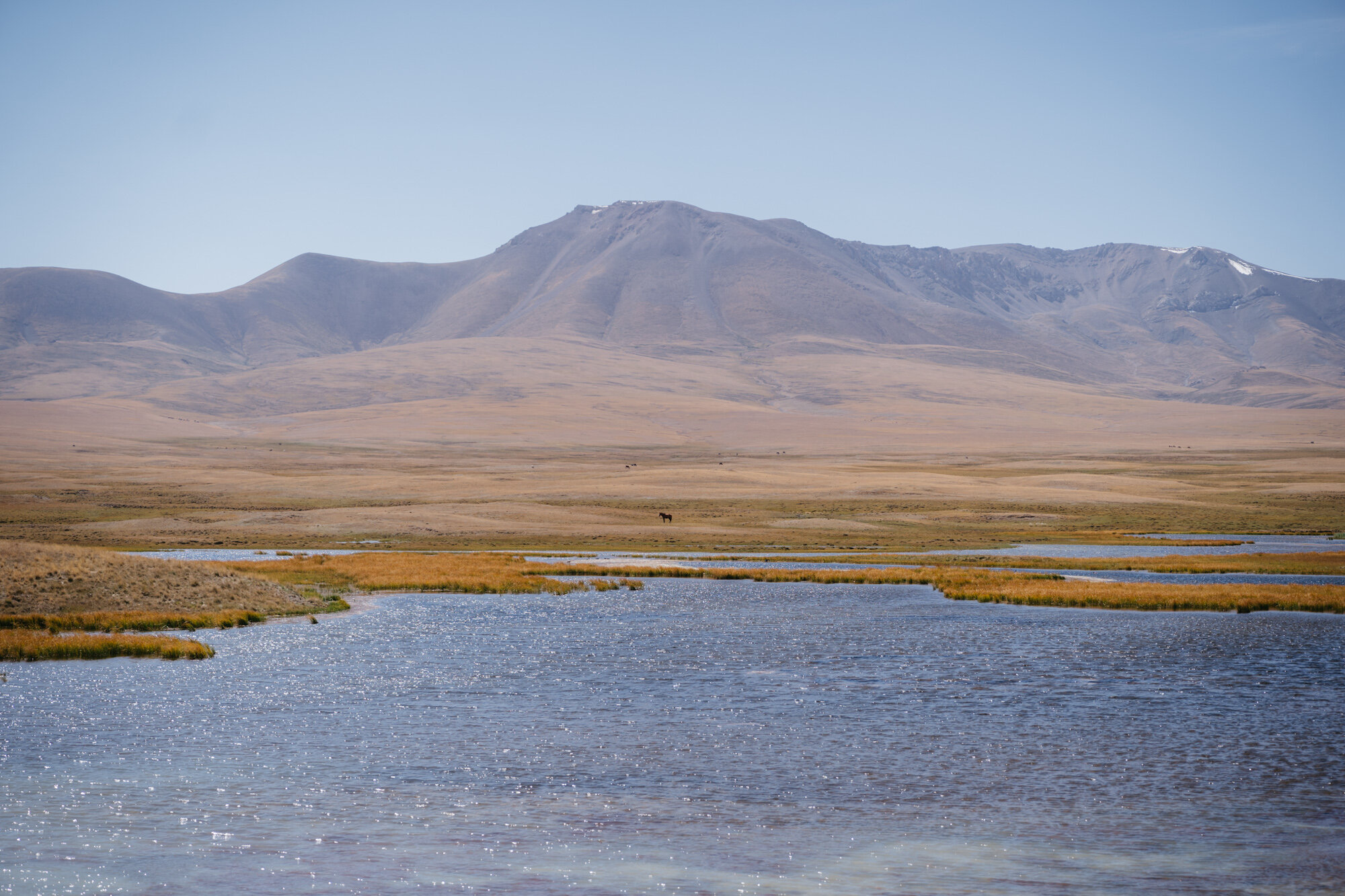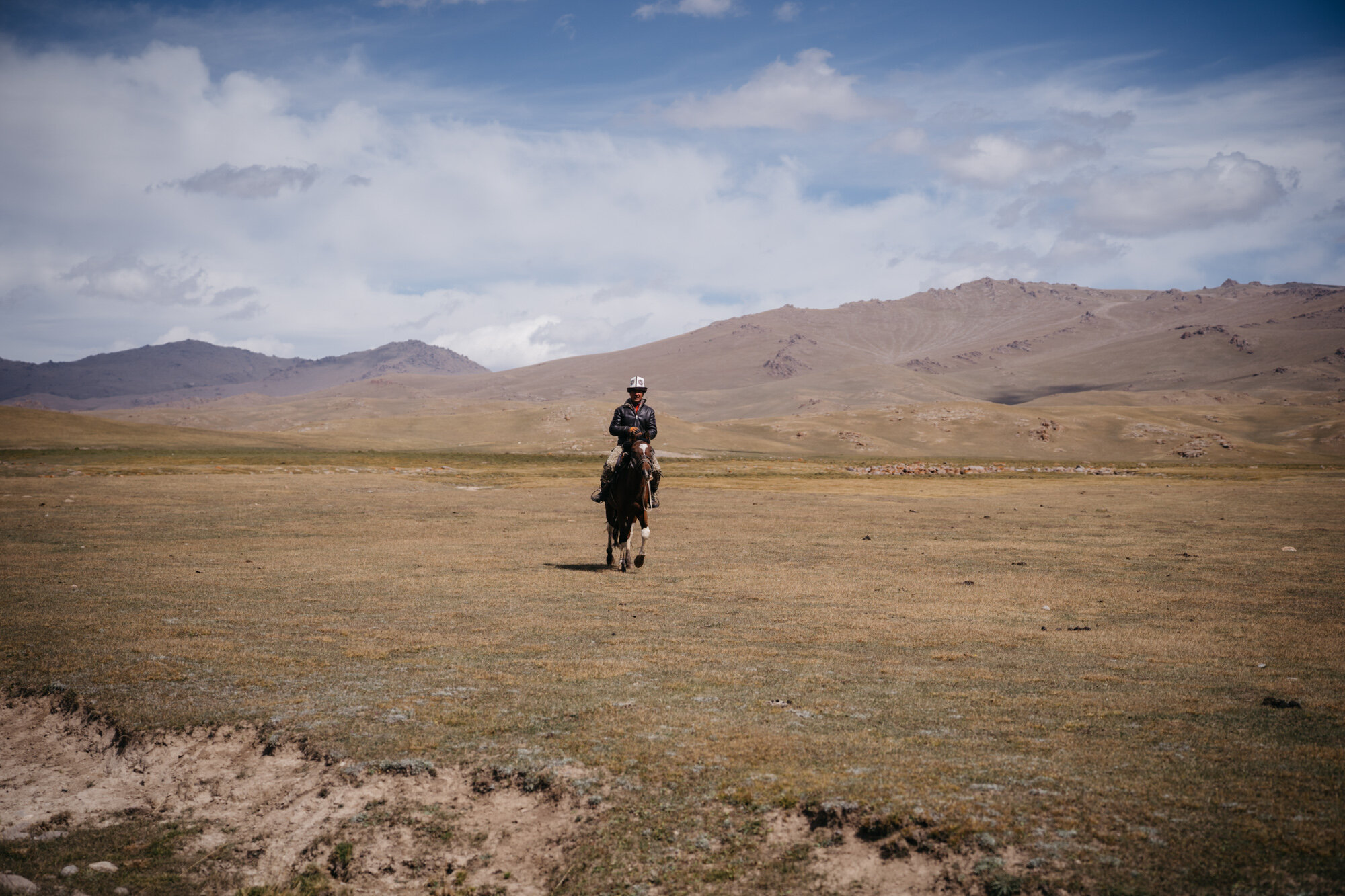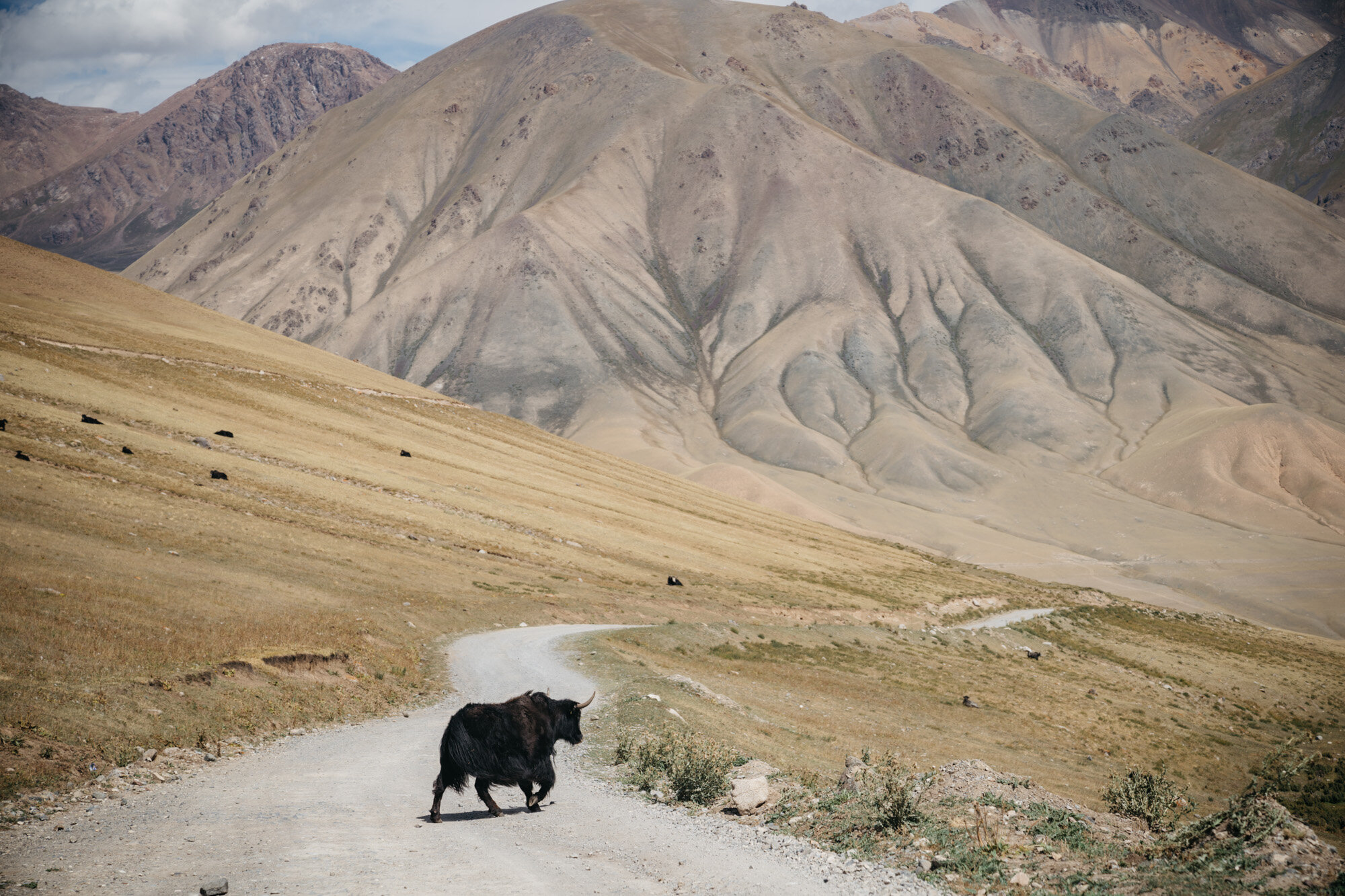The lost world of Son Kul
At the heart of Central Asia, sandwiched between Kazakhstan, China, Tajikistan and Uzbekistan lies the mountainous, landlocked and sparsely populated country of Kyrgyzstan.
It is a nation of vast, gentle and sweeping valleys and appears, in places, still a land before time.
The sense of space, under the huge dome of the blue sky, is profound and almost spiritual. I’ve visited very few places on earth that feel like genuine wildernesses, this is one of them.
Nowhere was this more keenly felt than at Son Kul, a lake at the centre of an enormous plateau atop the Tien Shan mountain range. To reach it you must drive about two hours south from the growing university town of Naryn and then up winding roads into the mountains.
Eventually the road flattens out and the shimmering blue lake of Son Kul appears over the horizon. Thousands of horses, sheep, cows, yak and even camel dot the landscape. They are herded by men on horses, wearing traditional Kyrgyz Kalpak hats.
White yurts, the homes of these semi nomads, can be seen in distant valleys; their impact on the environment negligible and ephemeral. The sense of isolation here is magnificent. My colleagues and I spent the day walking, each of us in a different direction. This sublime landscape is best enjoyed alone and the experience is meditative.
Sunset turns the sky, land and lake brilliant oranges and pinks. Grazing horses cast long shadows. At night it is very cold. After hot soup and a plate of Lagman (noodles with beef), I went to bed in my yurt. Even in my clothes, a sleeping bag, and wrapped in a duvet, I felt the chill. A man arrived at 6am to fire up my stove. Through blurry eyes, I watched his face glow and the fire grow. Warmth, at last, returned.
I spent the early morning taking more photographs and horse-riding in this magnificent landscape. By early afternoon it was time to drive back. Our car, normally full of chatter, was silent for most of the journey. Each of us in our own world. The spell that Son Kul had cast was not yet broken.
After a couple of hours the sound of incoming text messages and phone notifications punctured the silence. We had phone reception again. I had barely noticed we had been without it.
